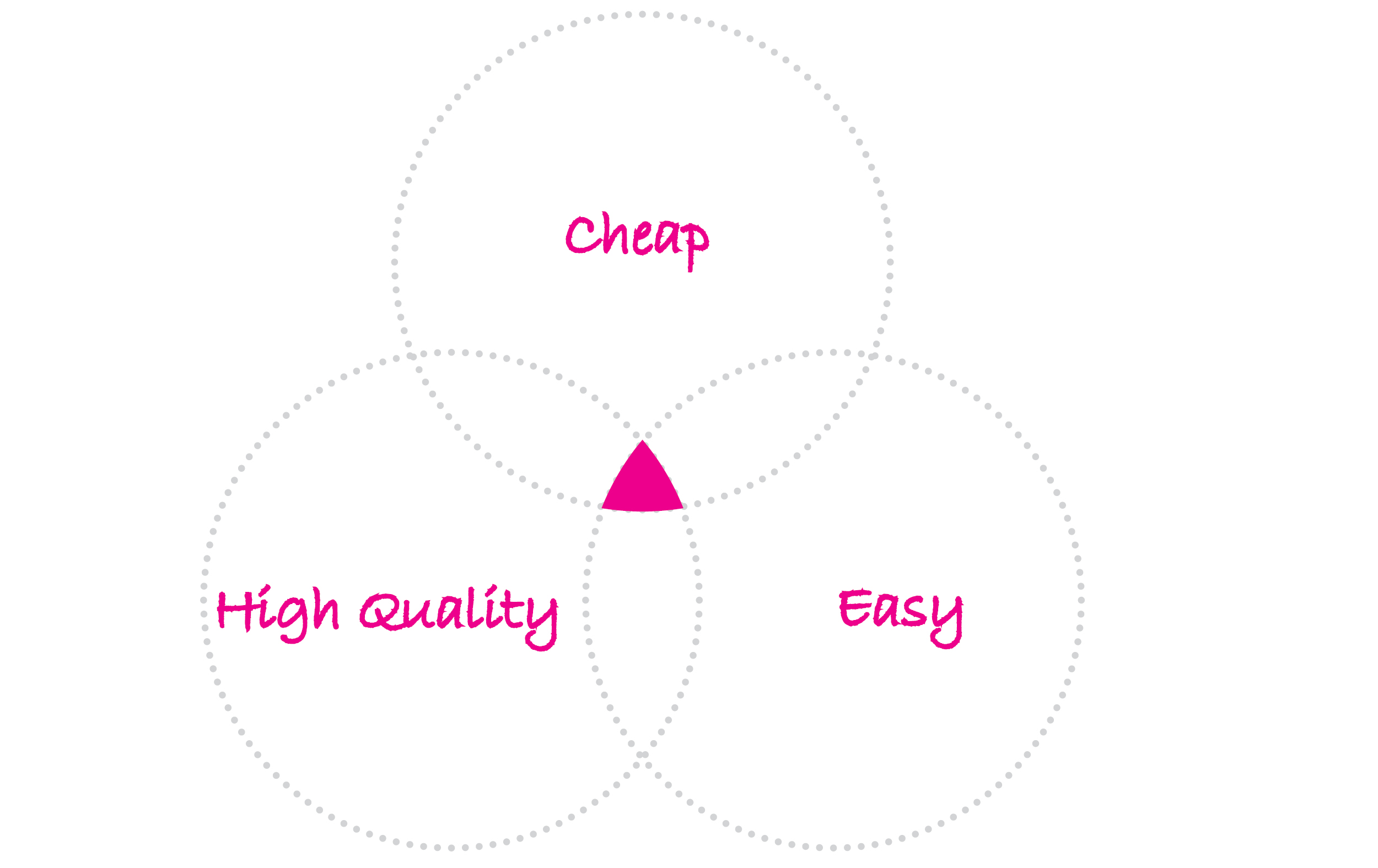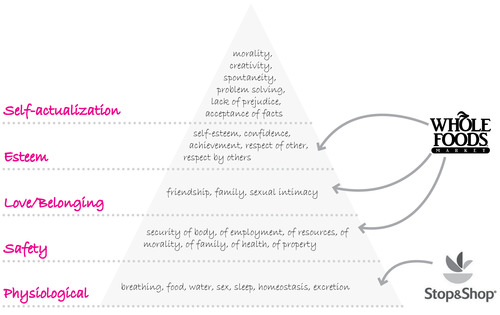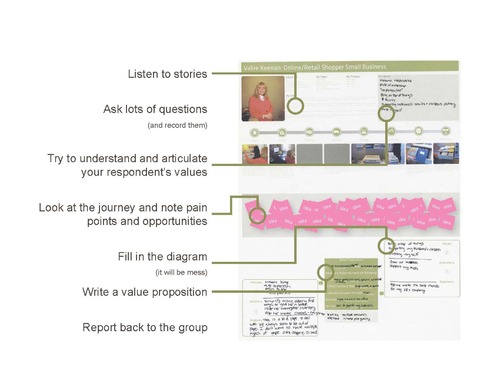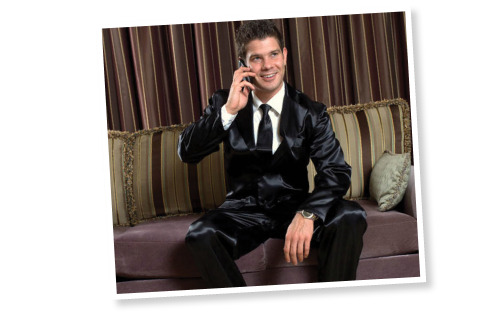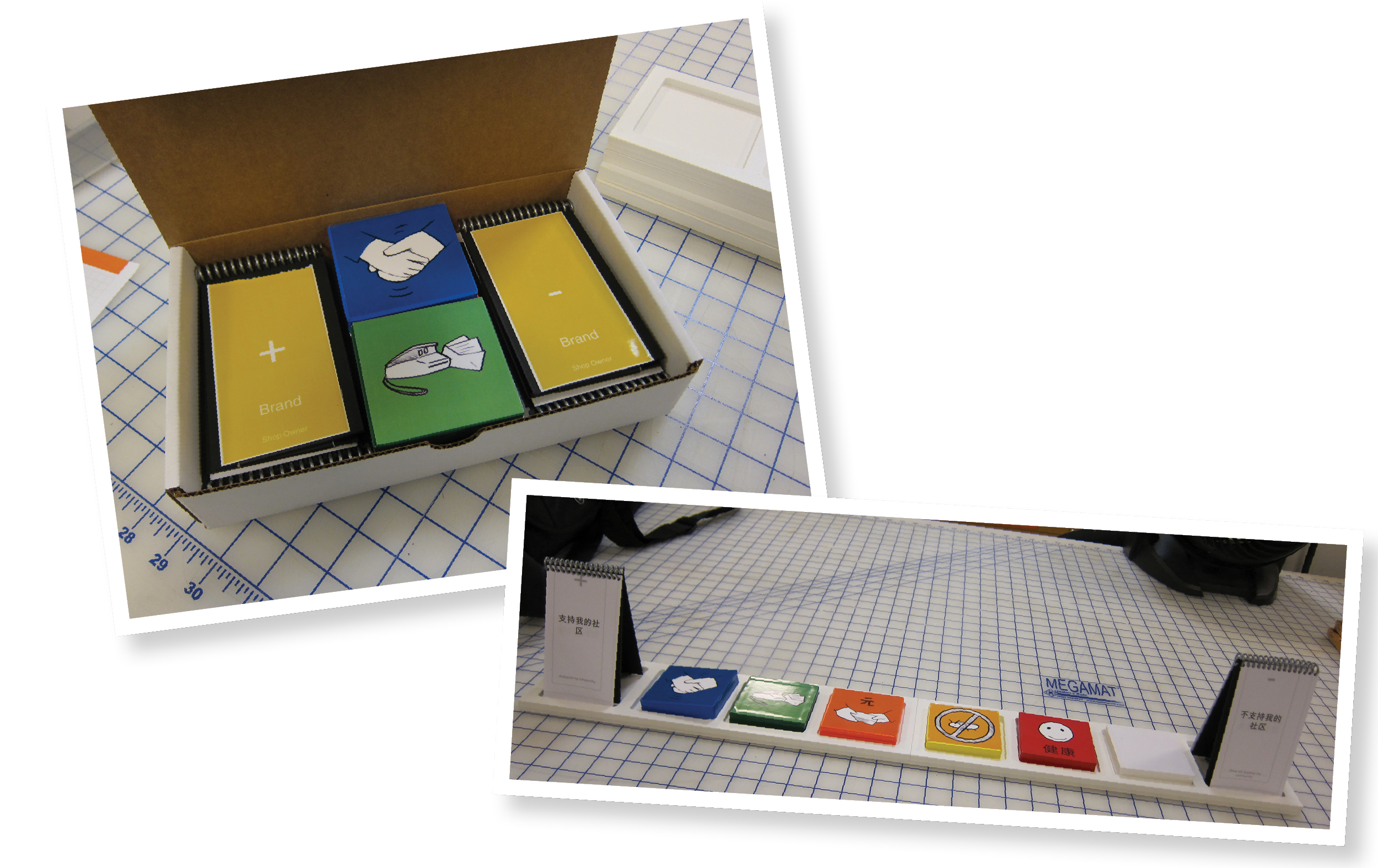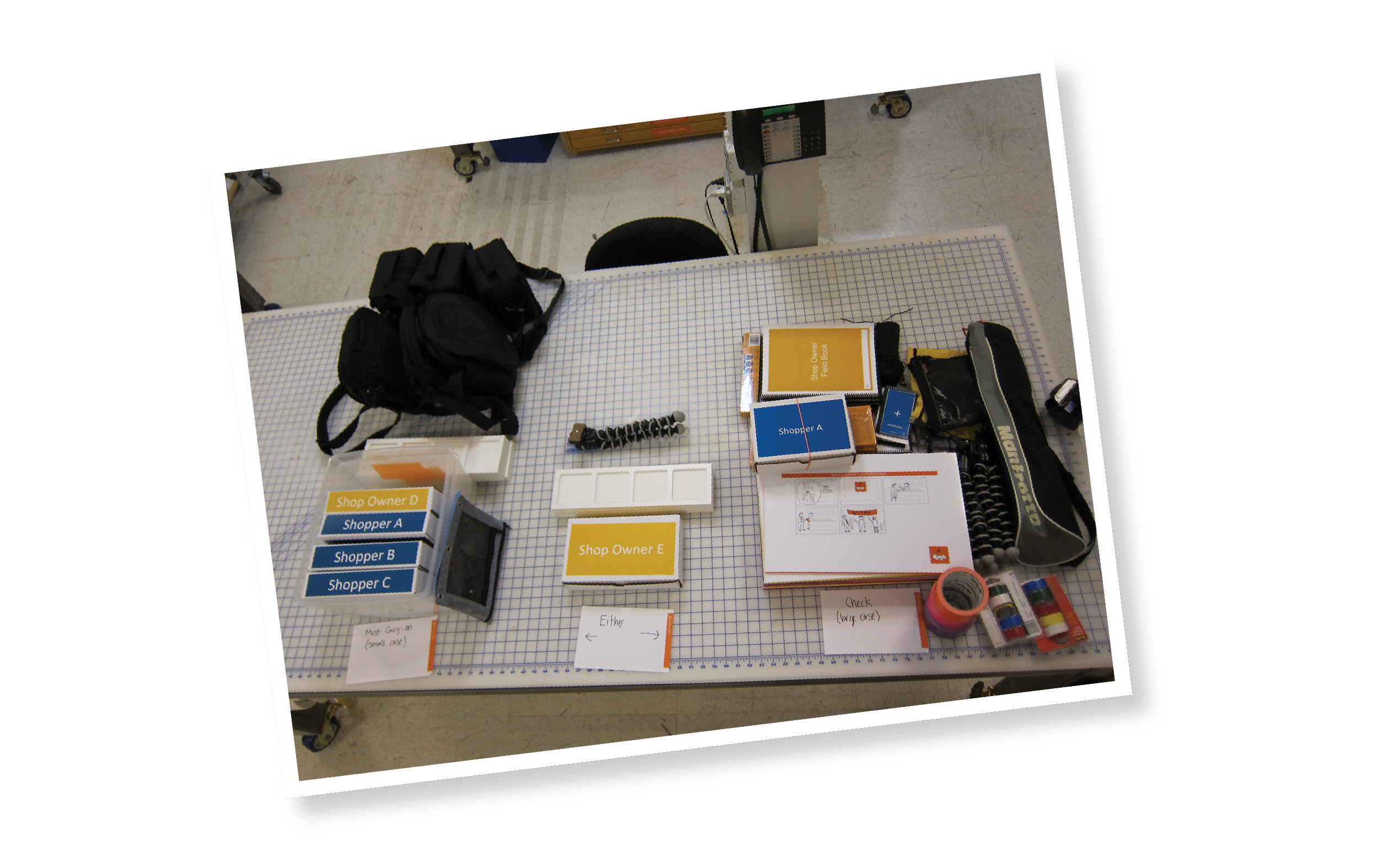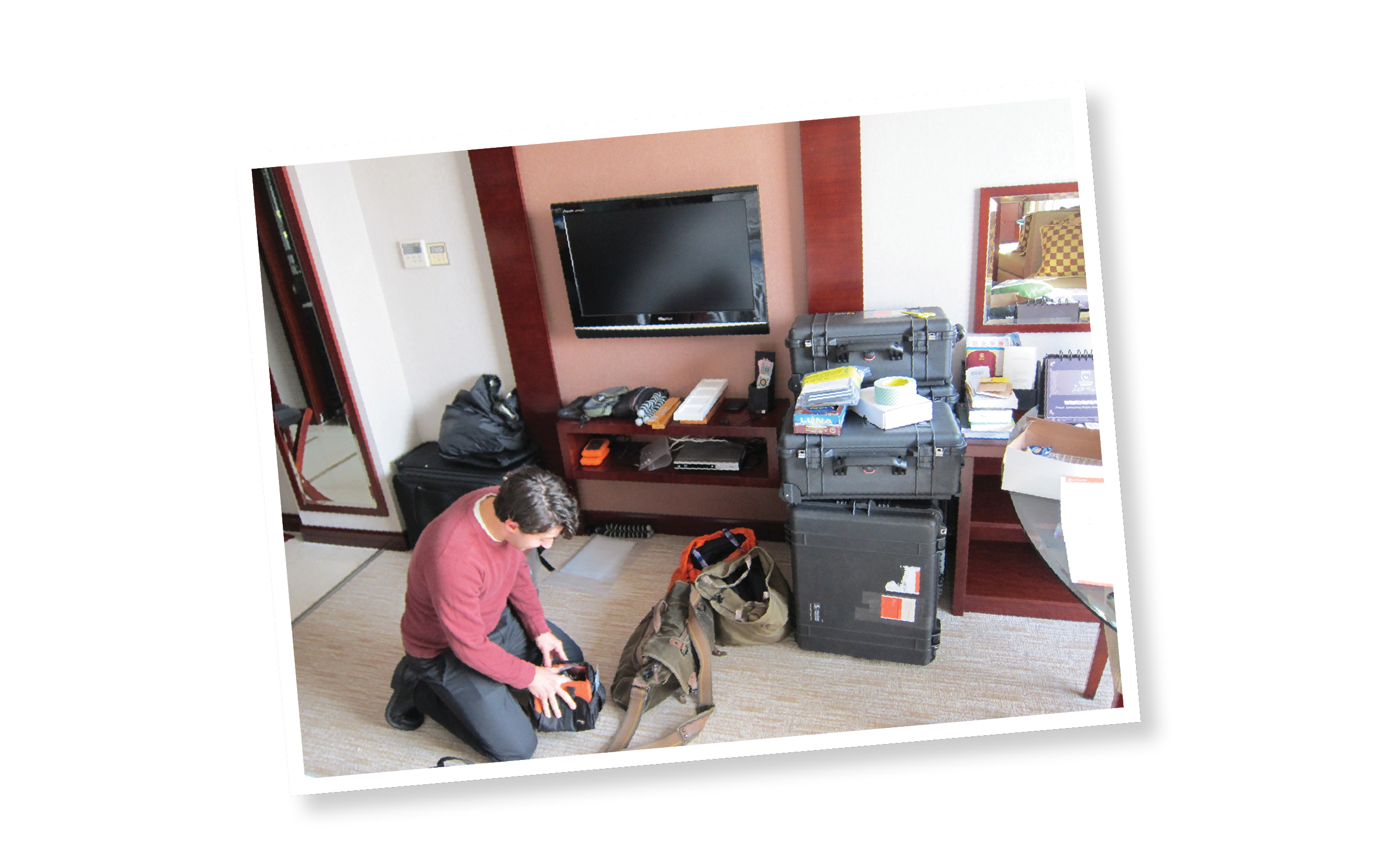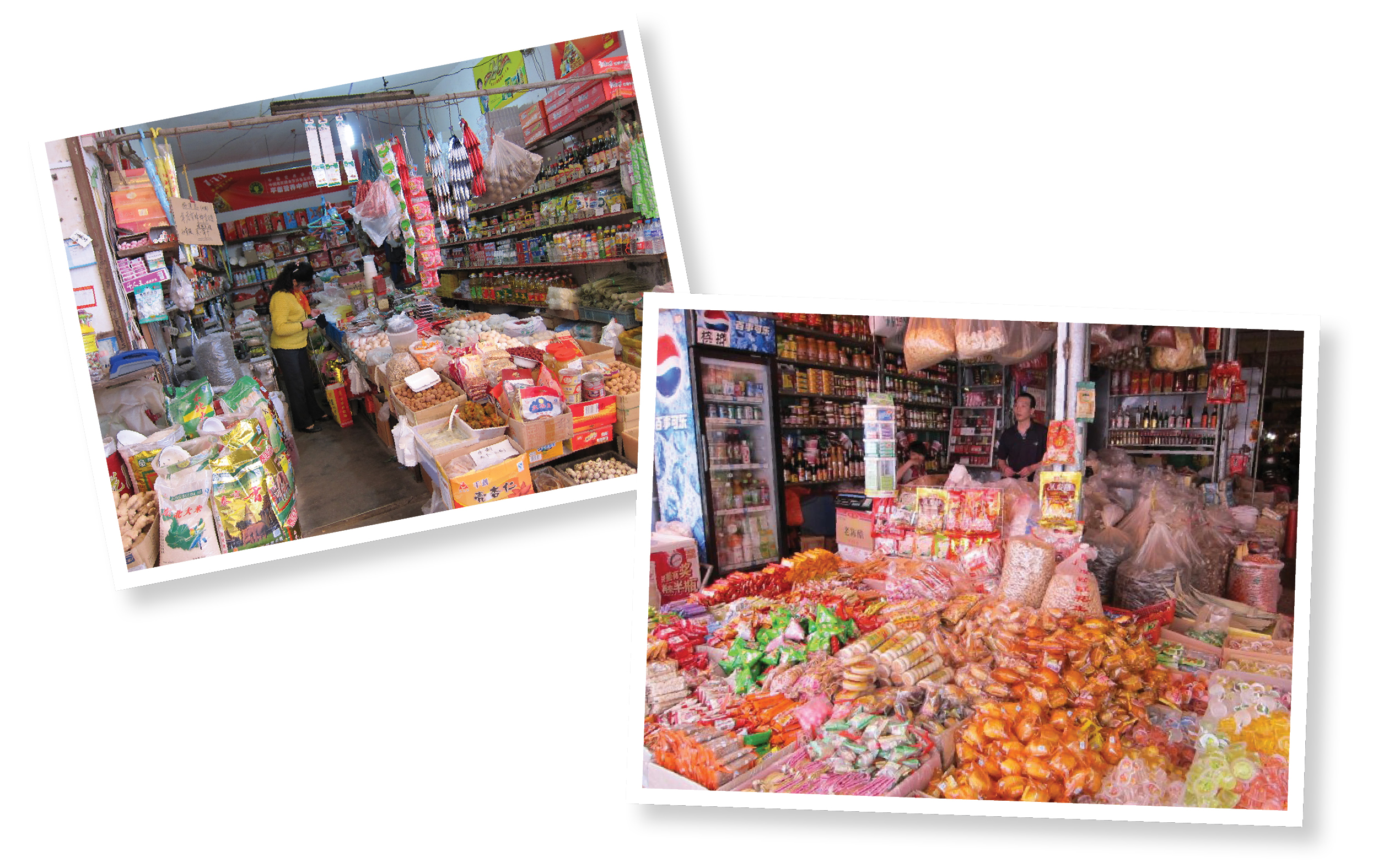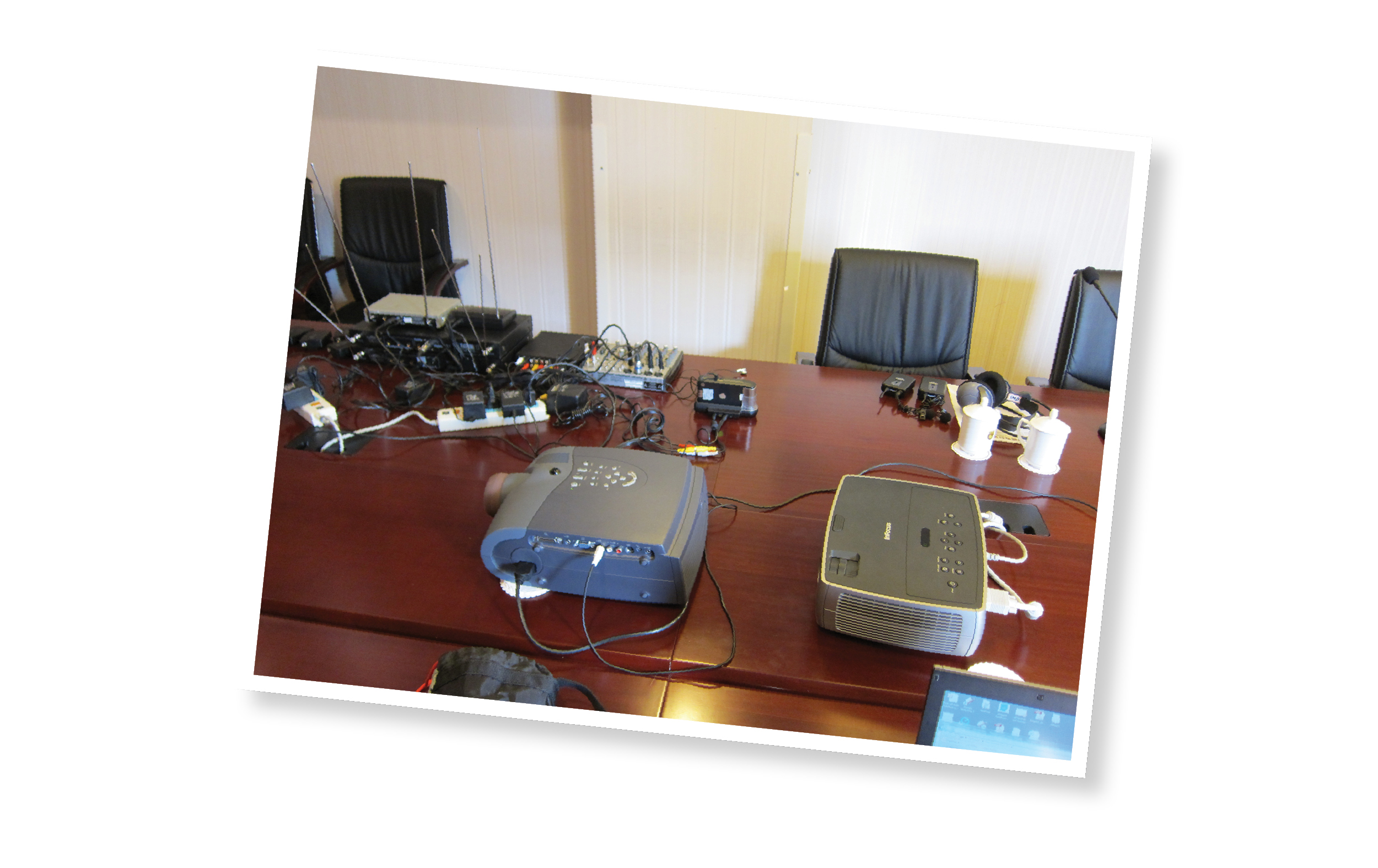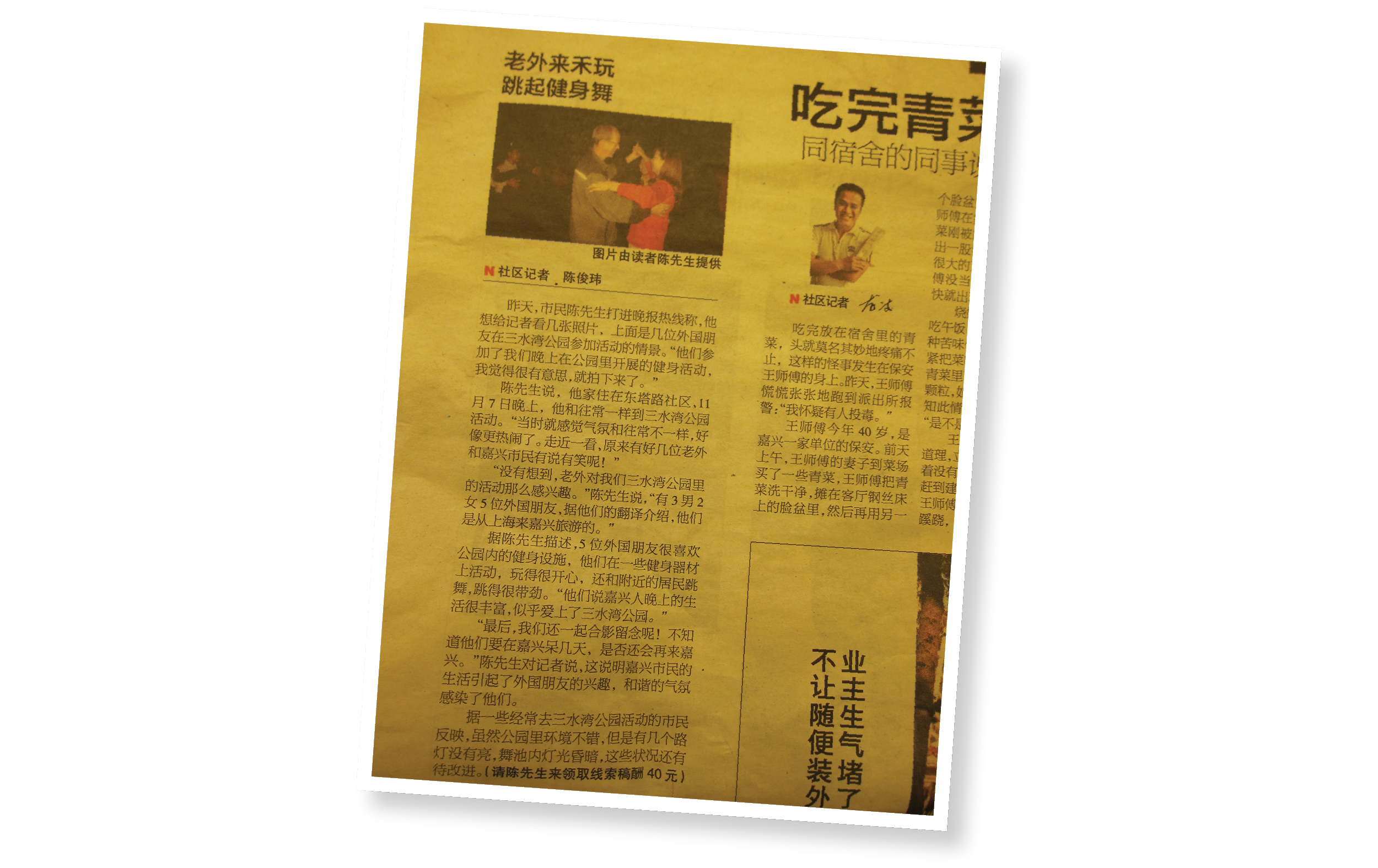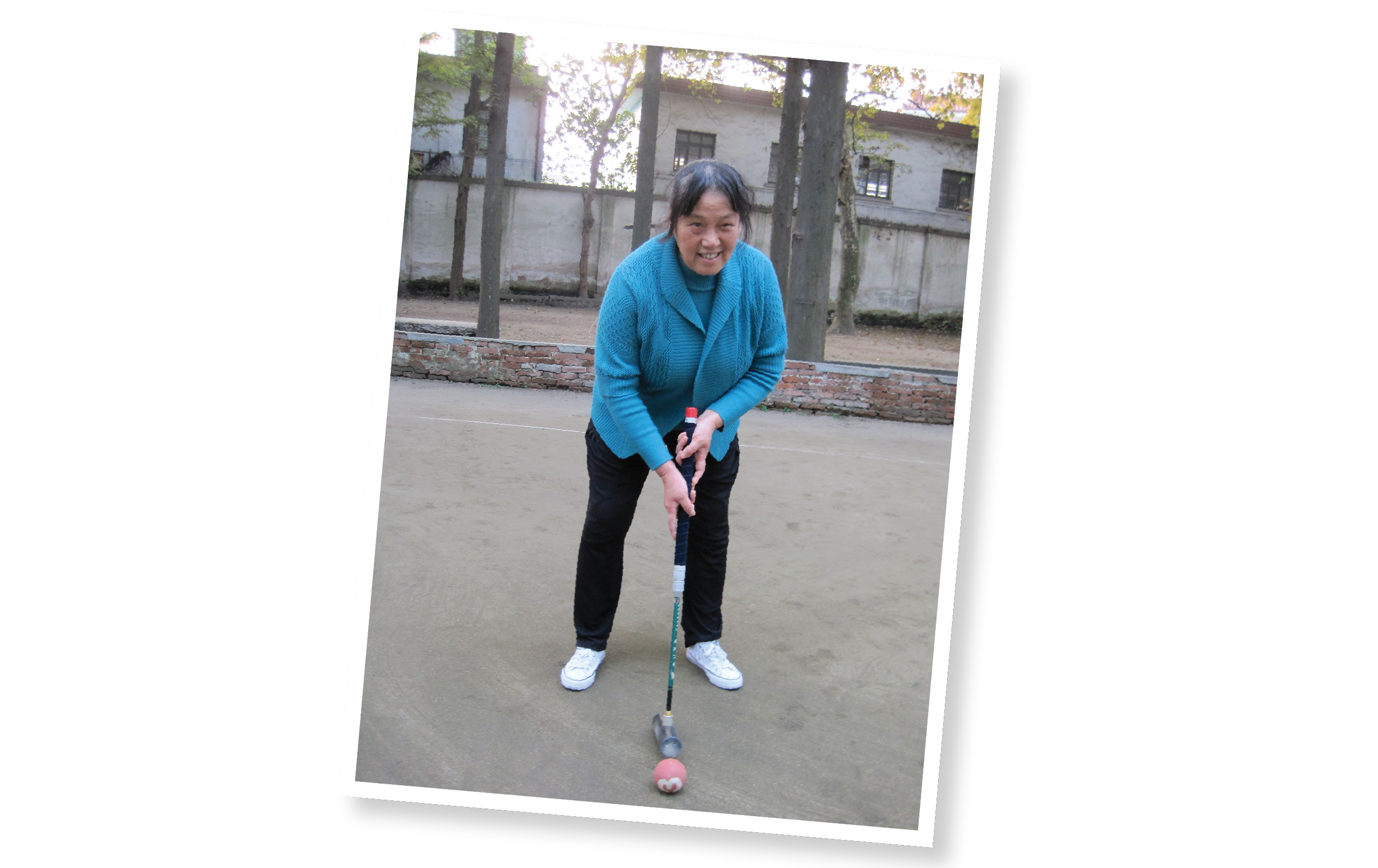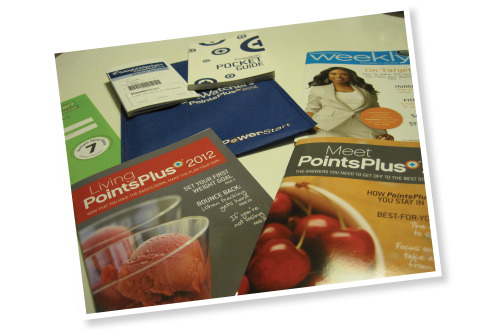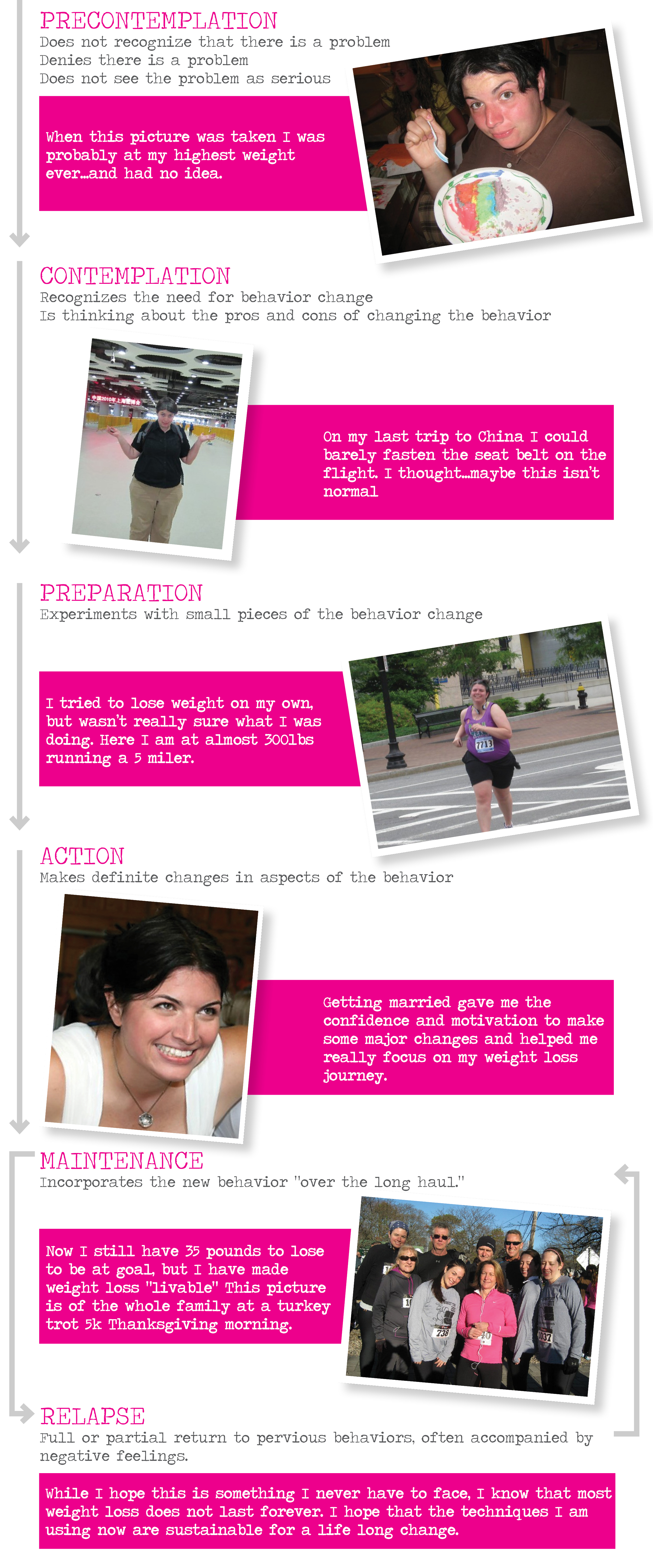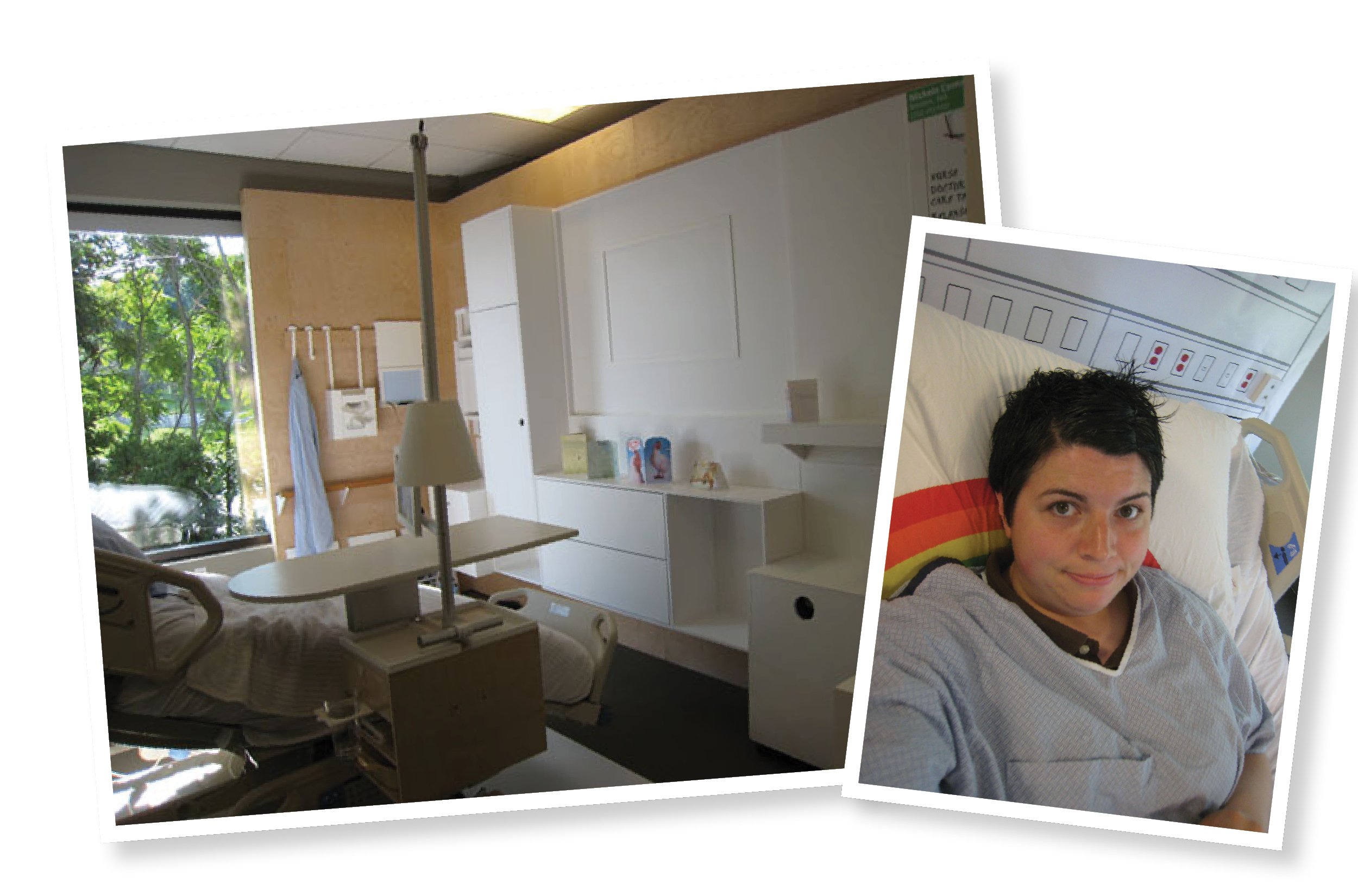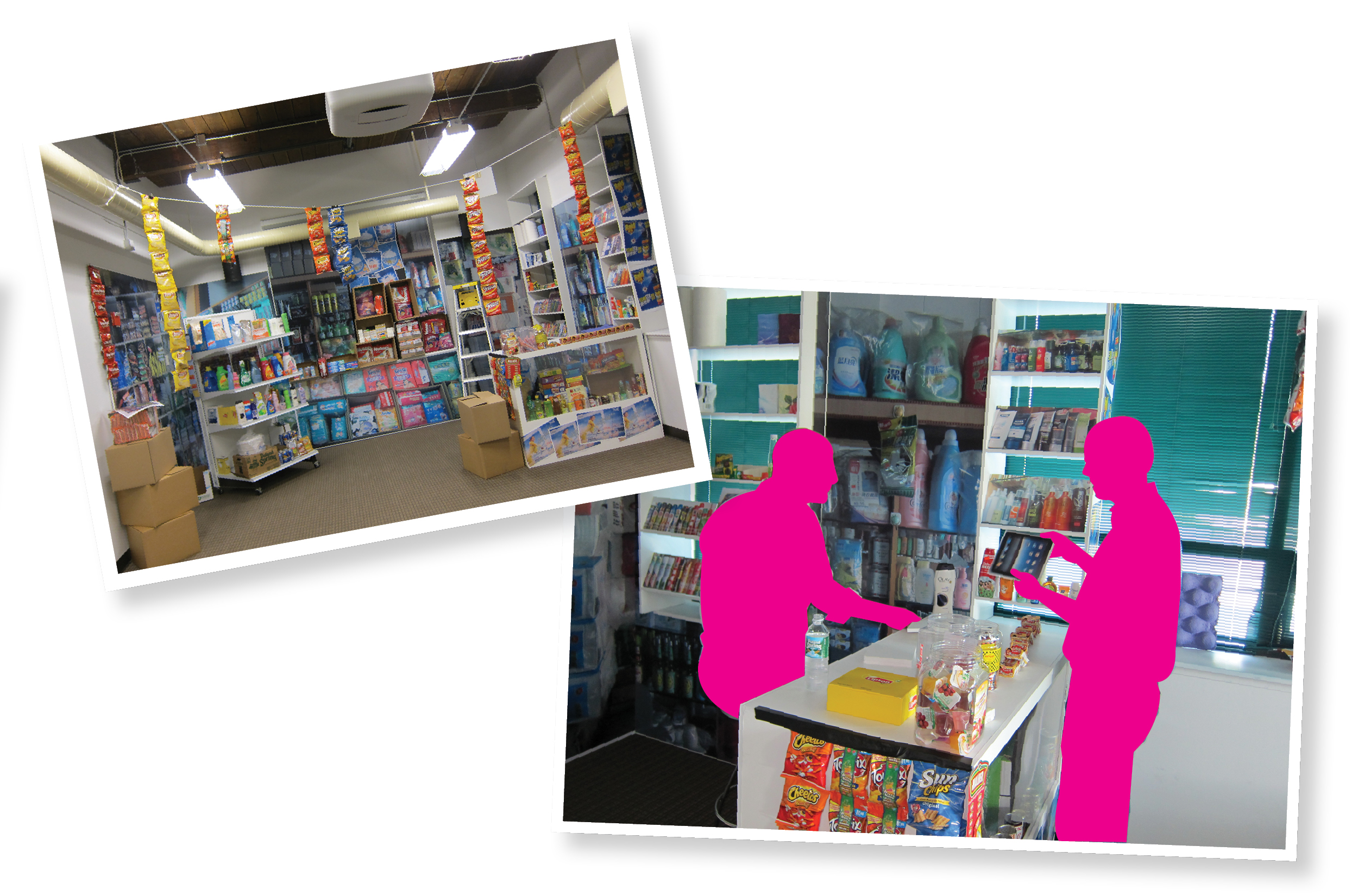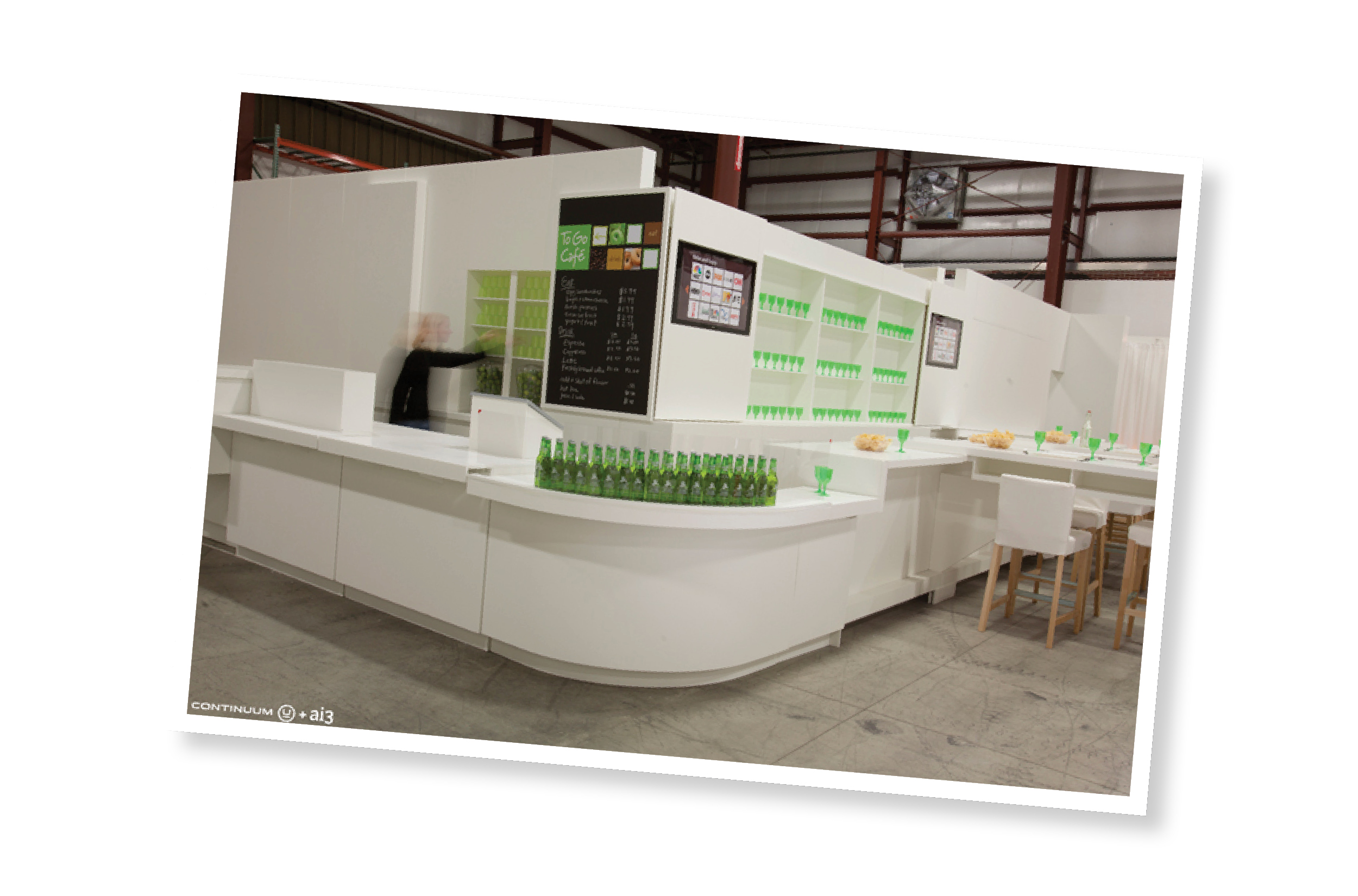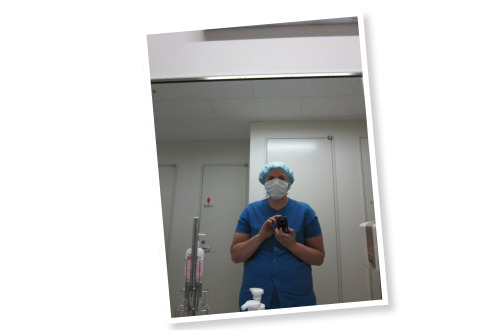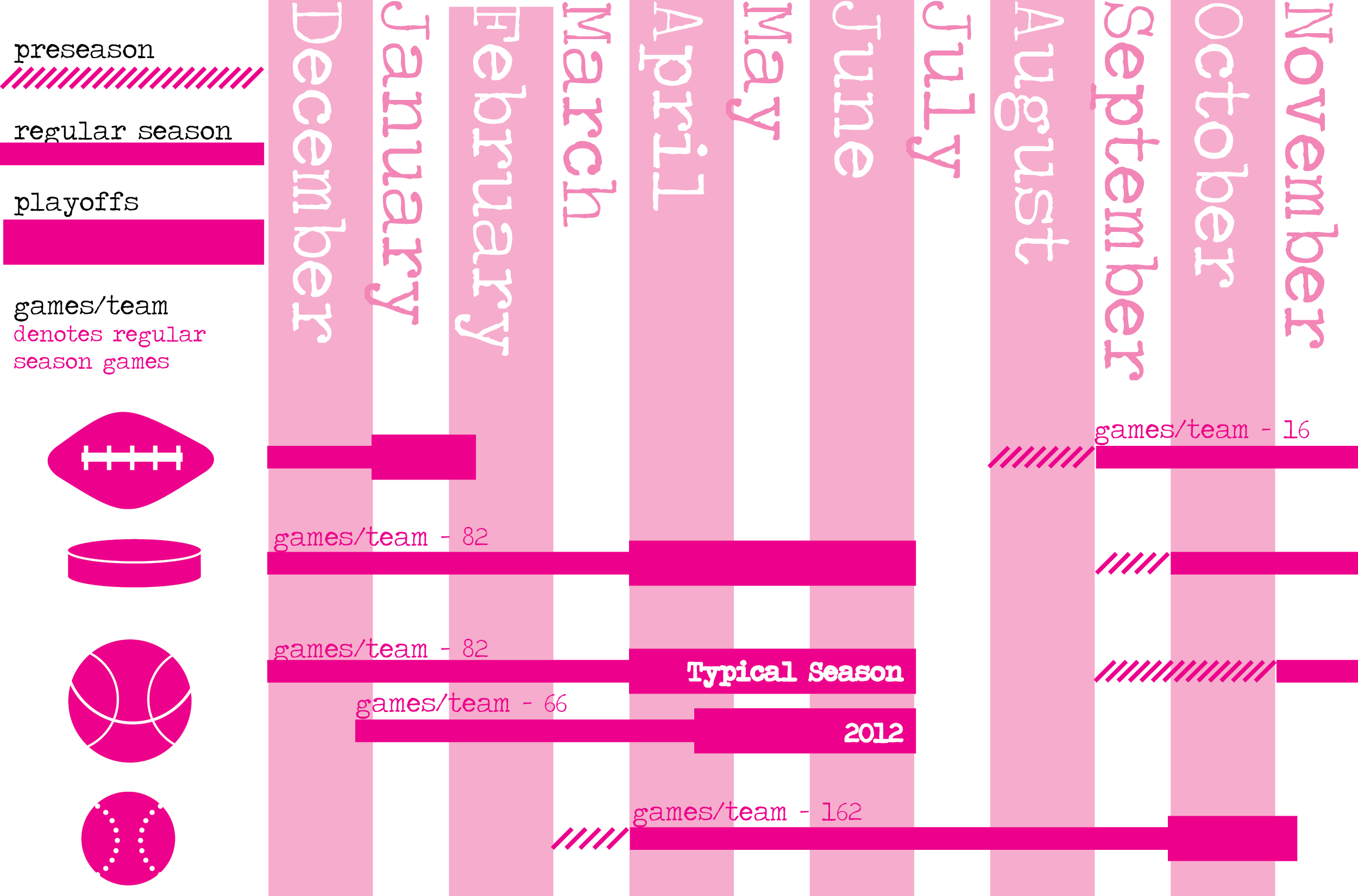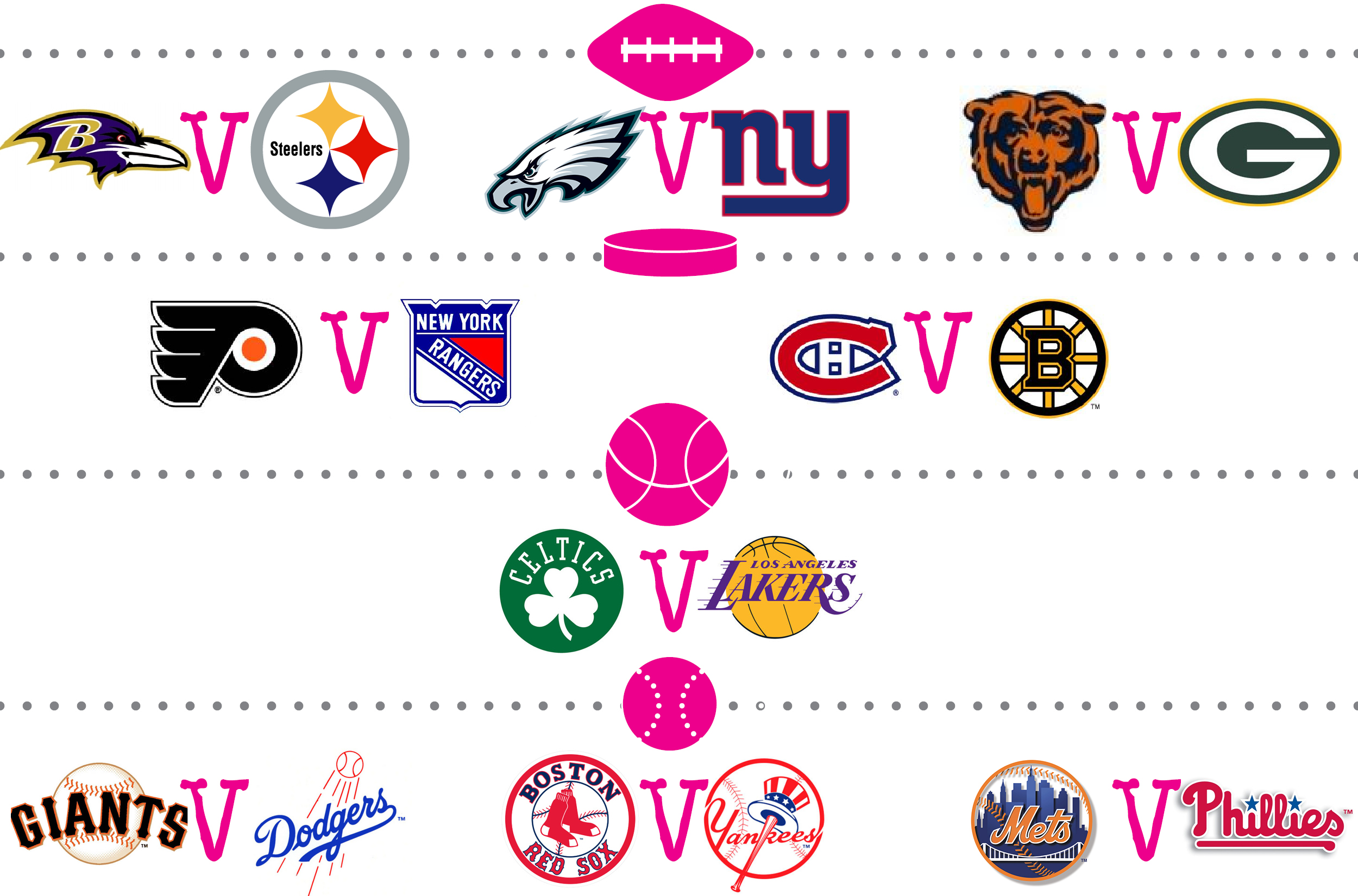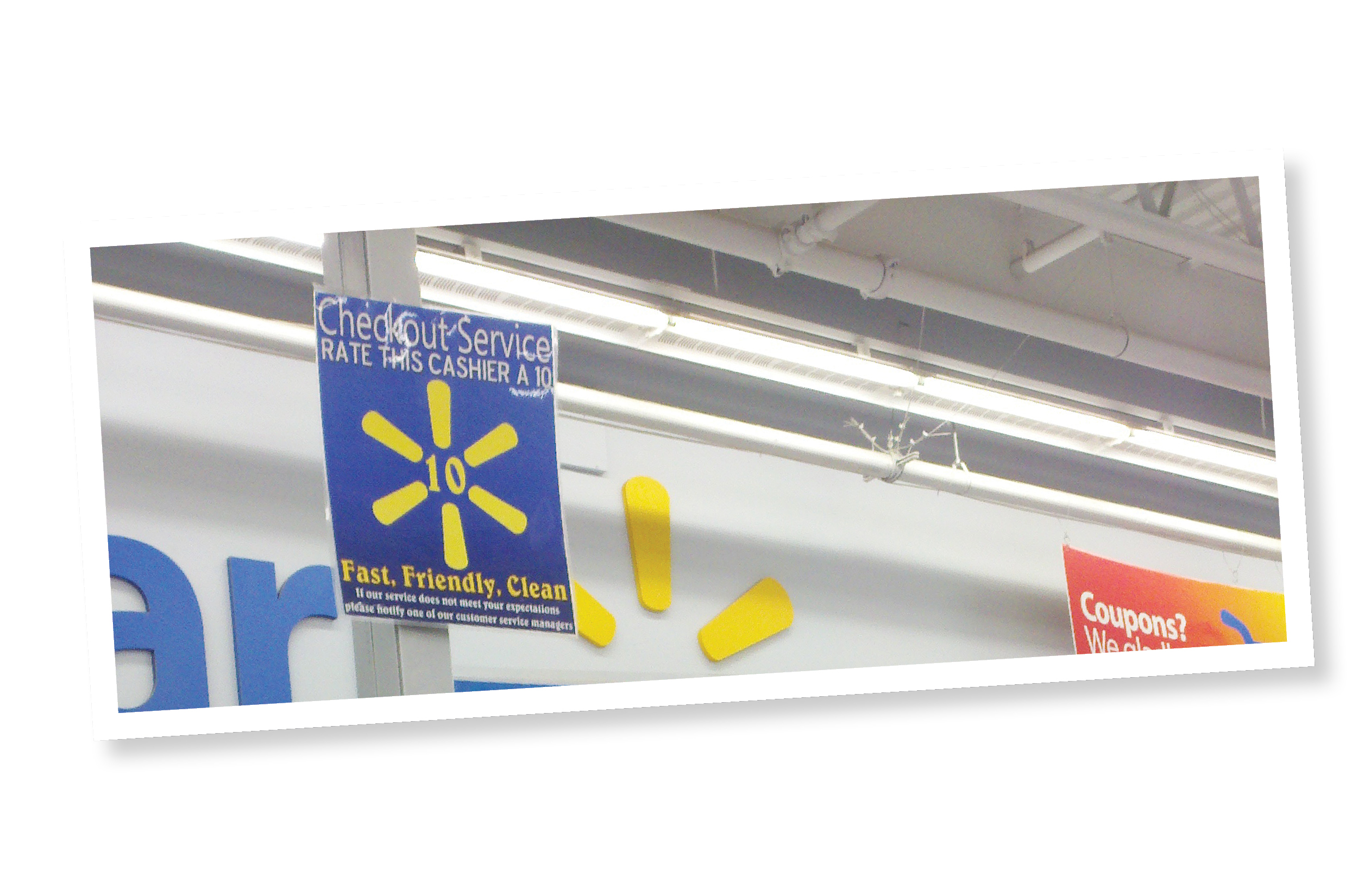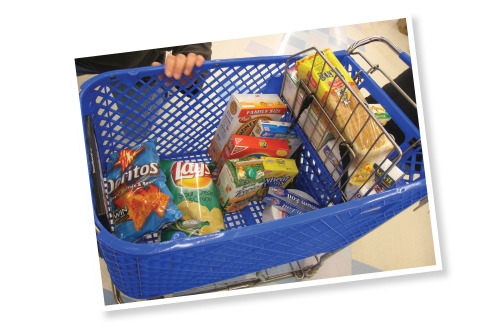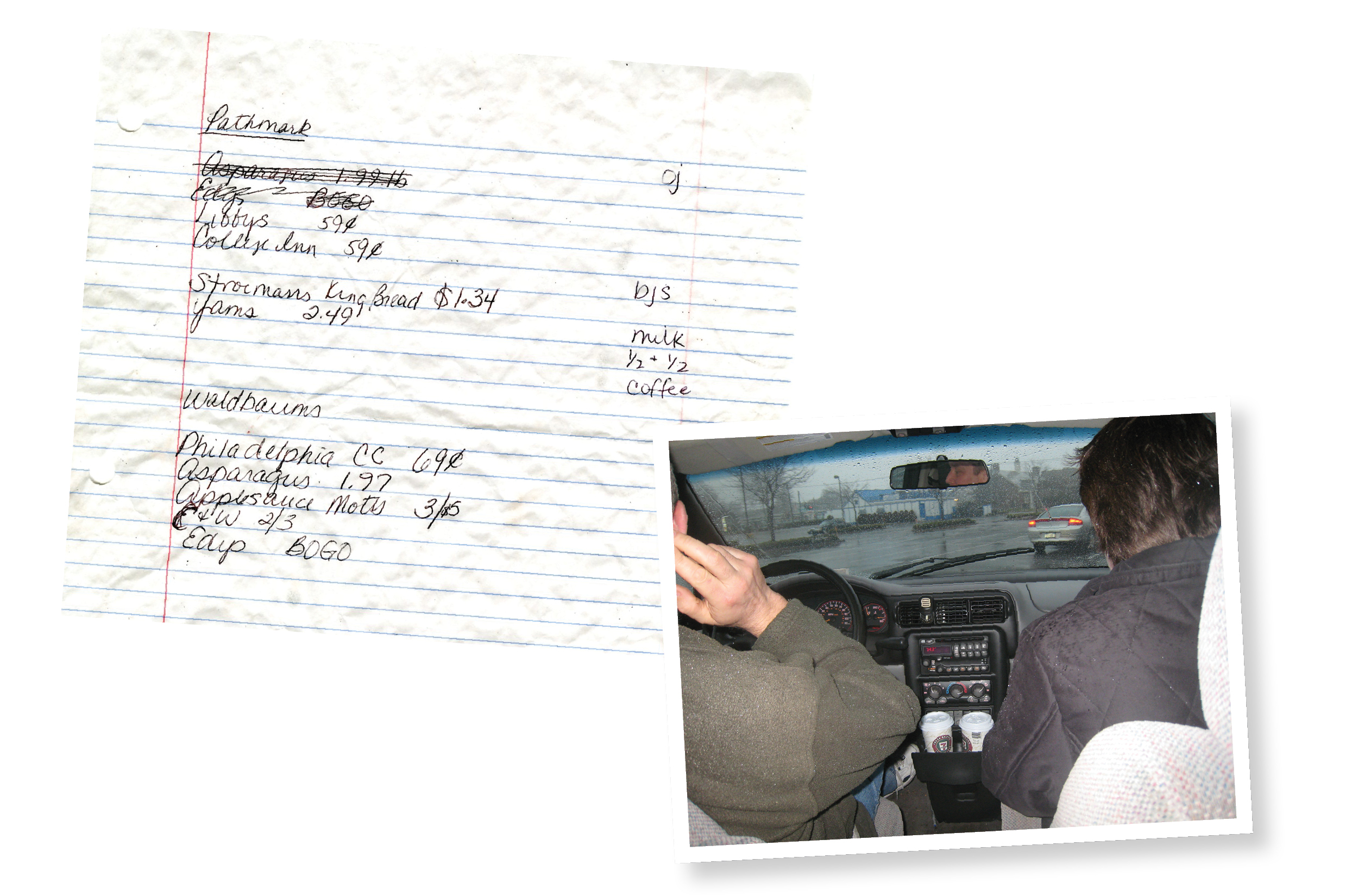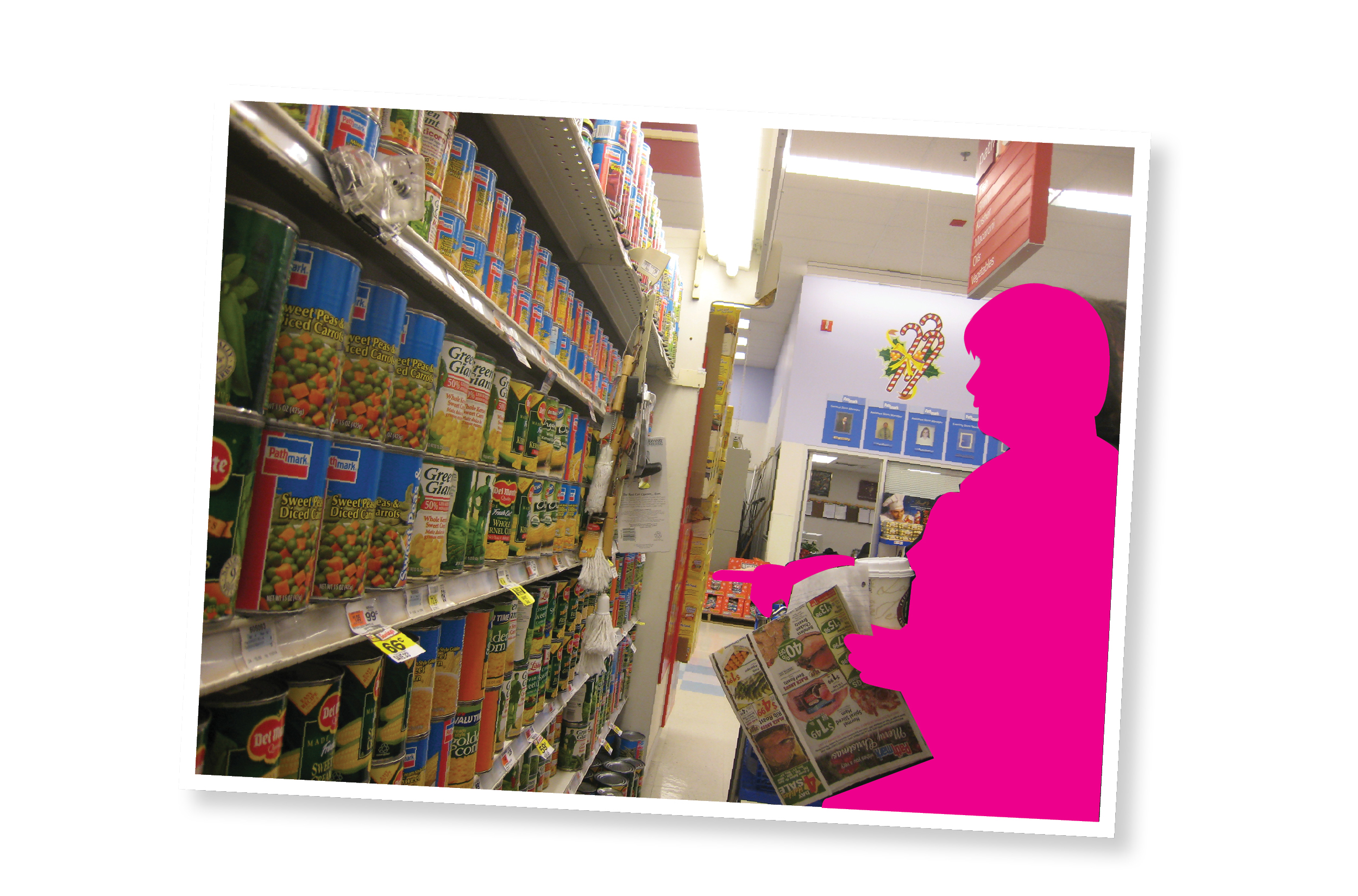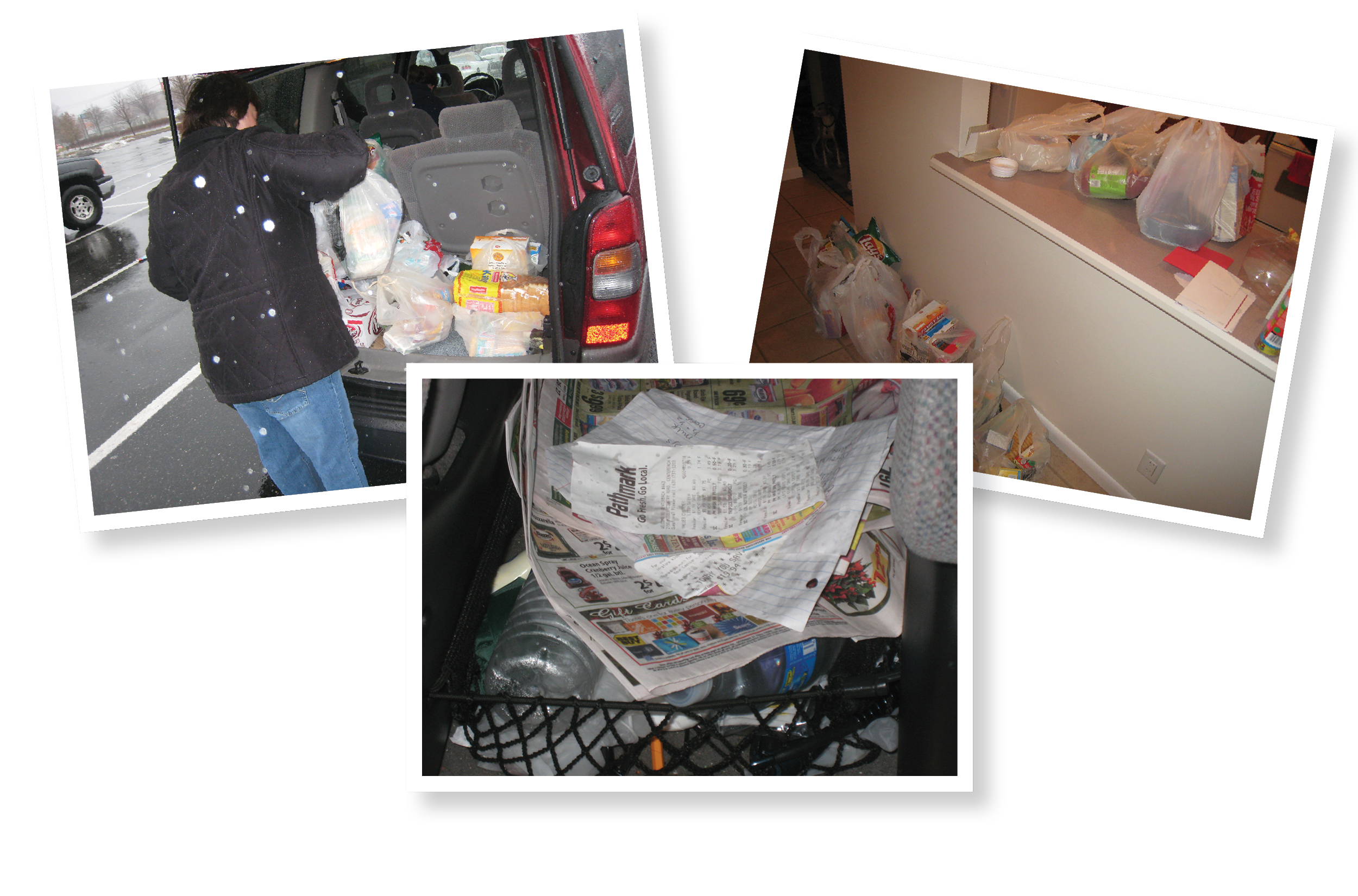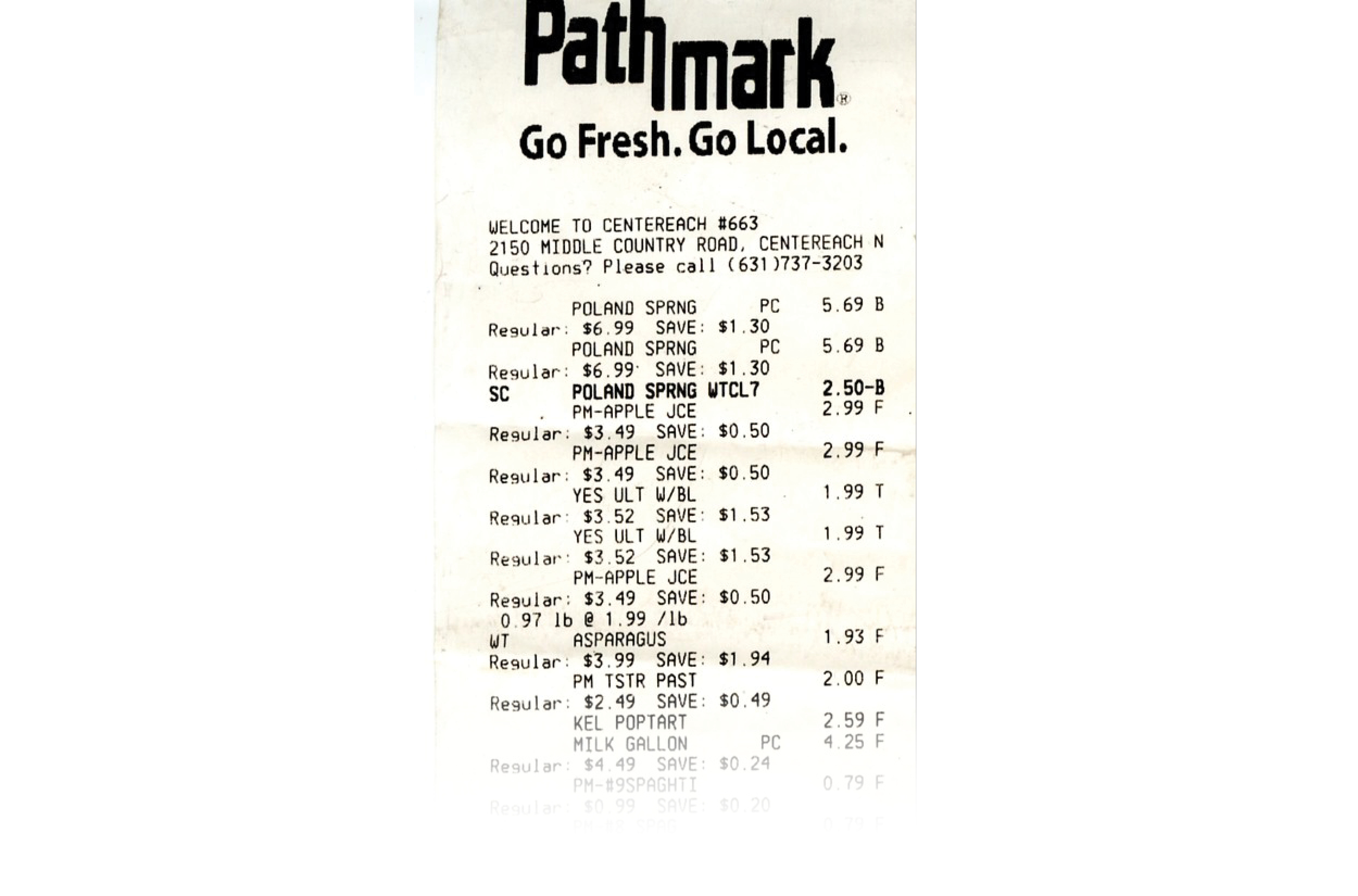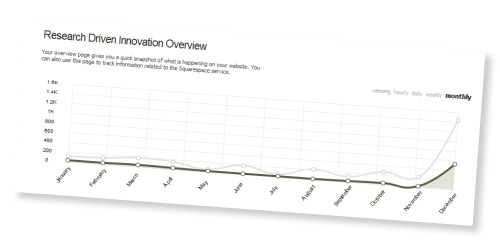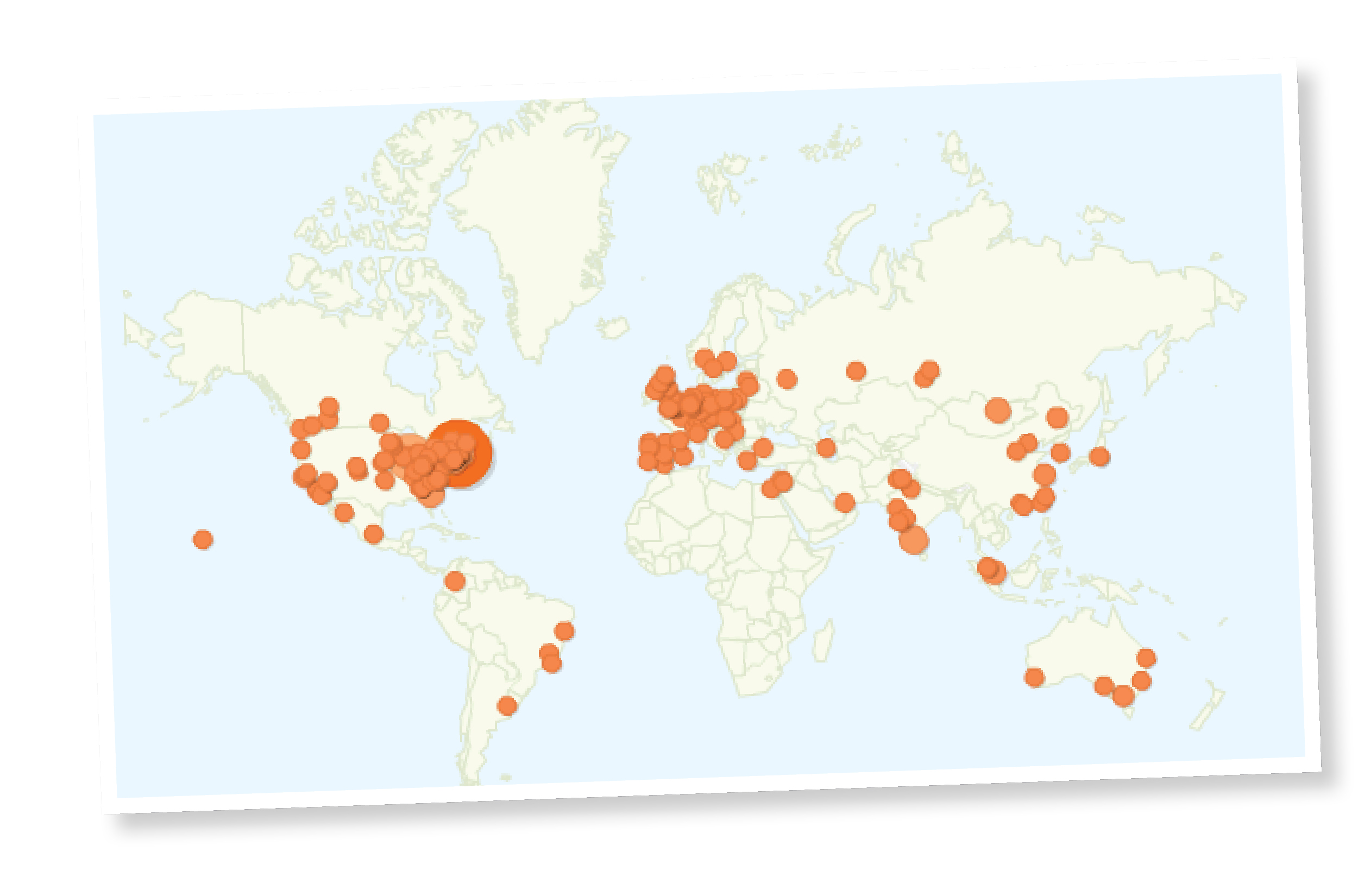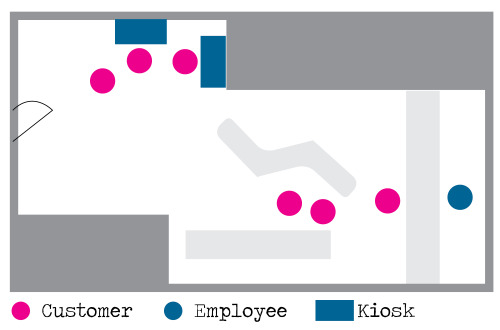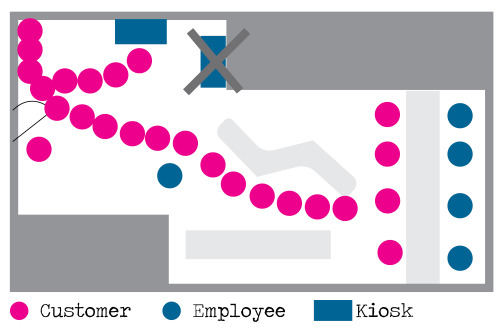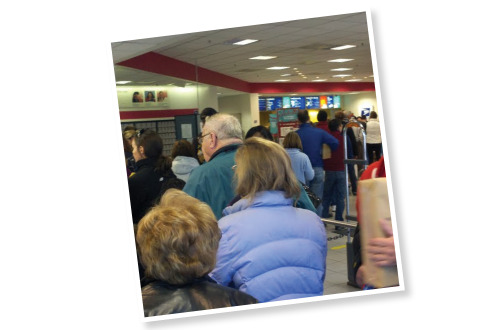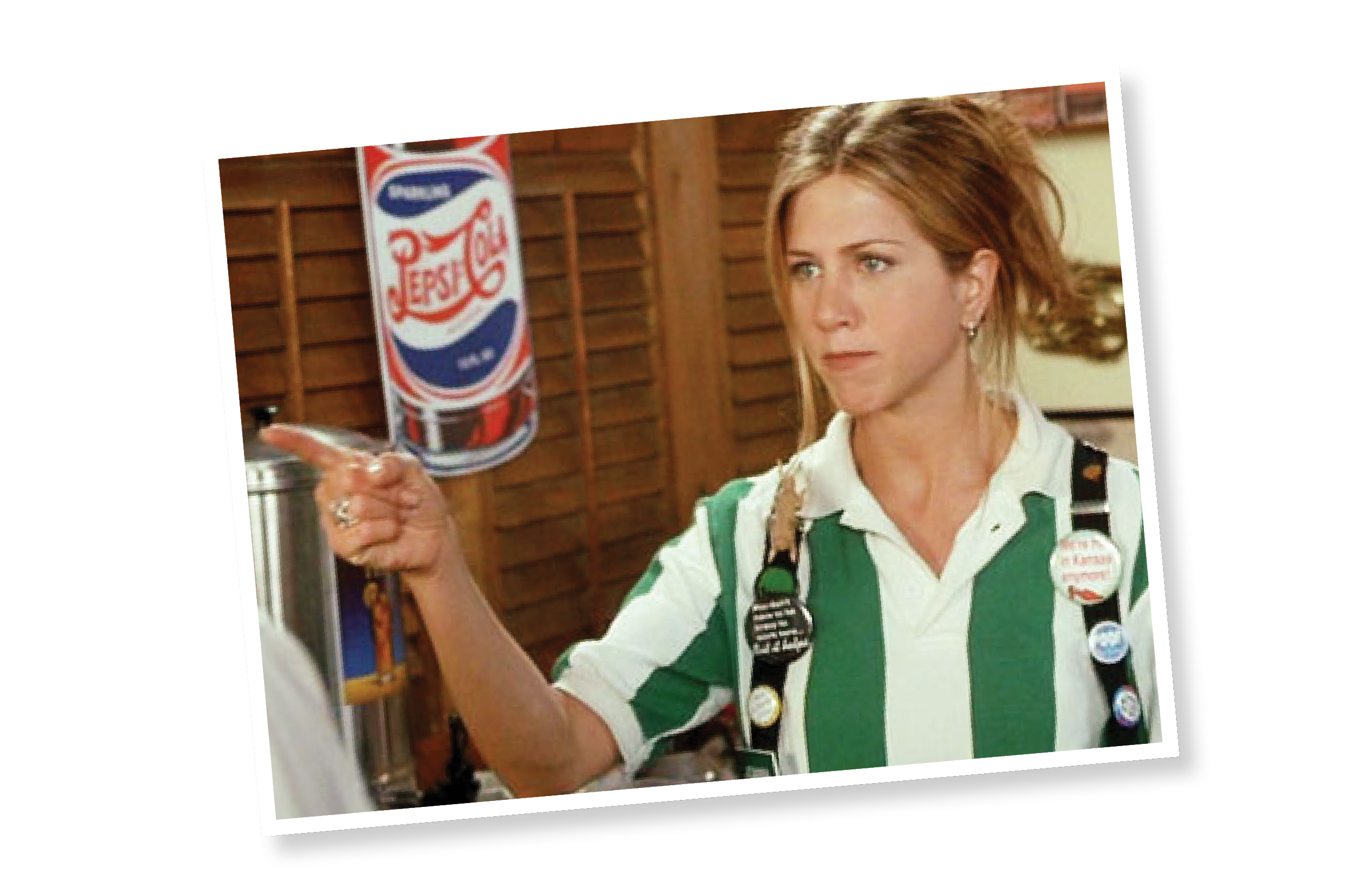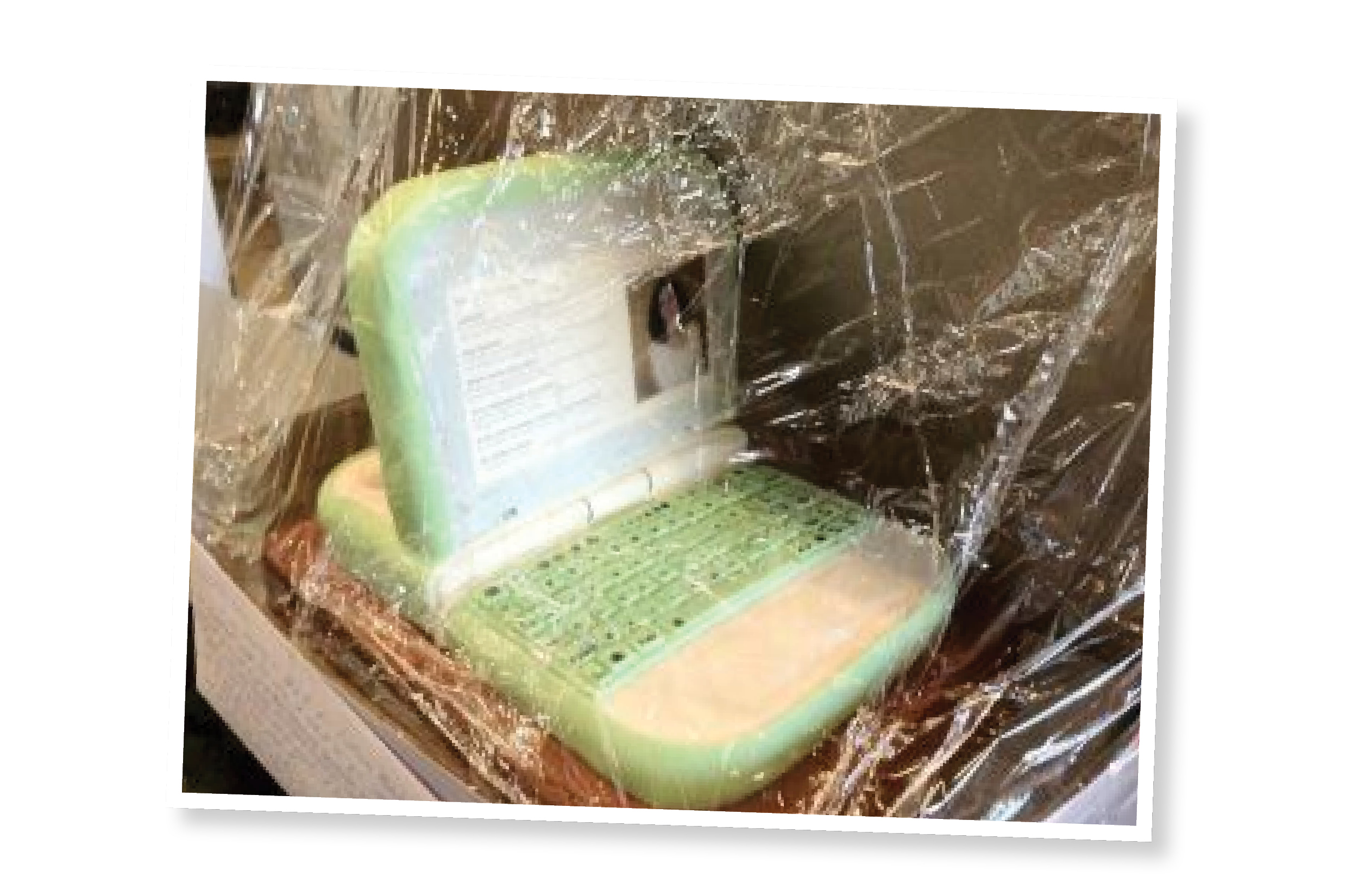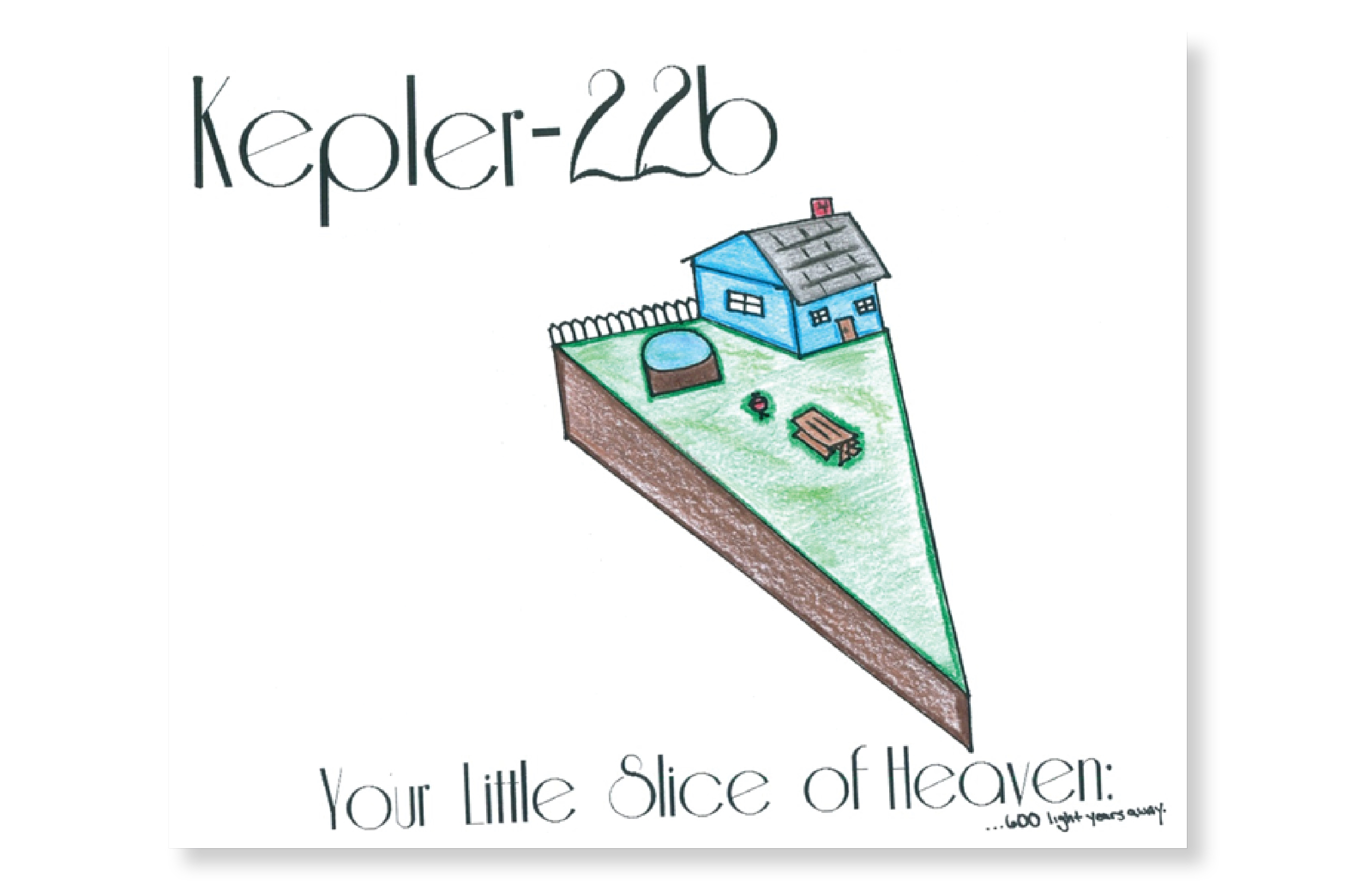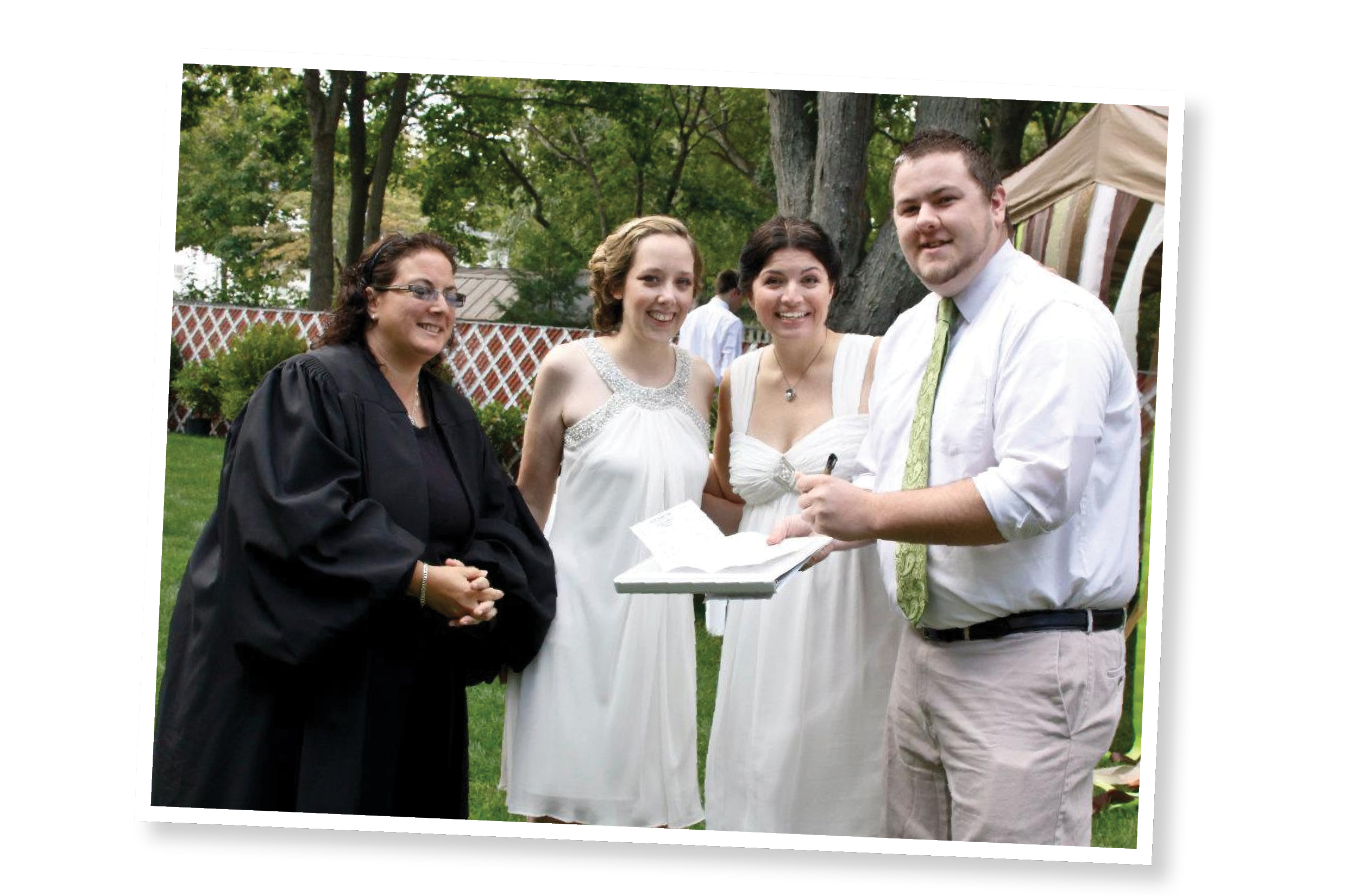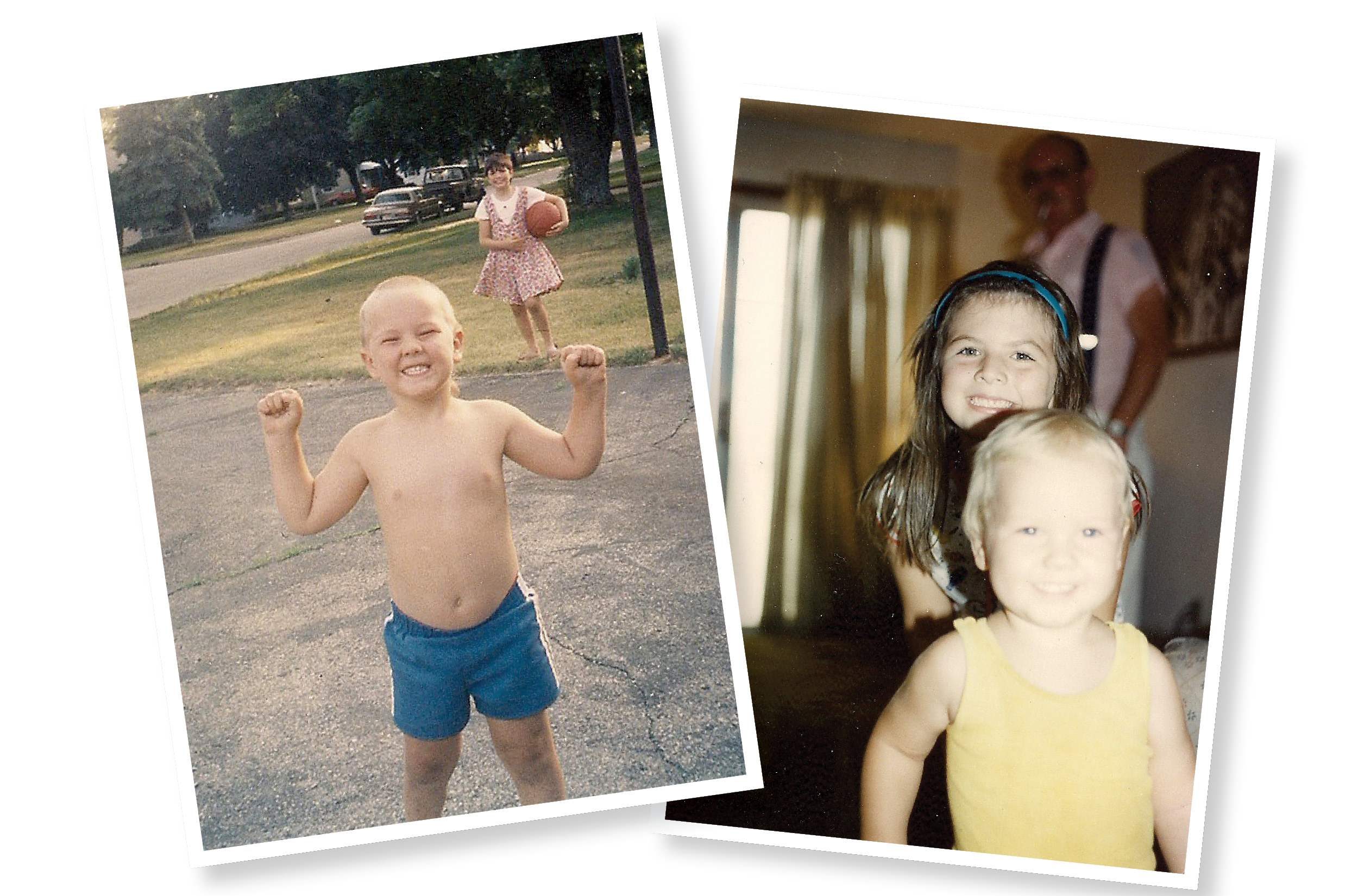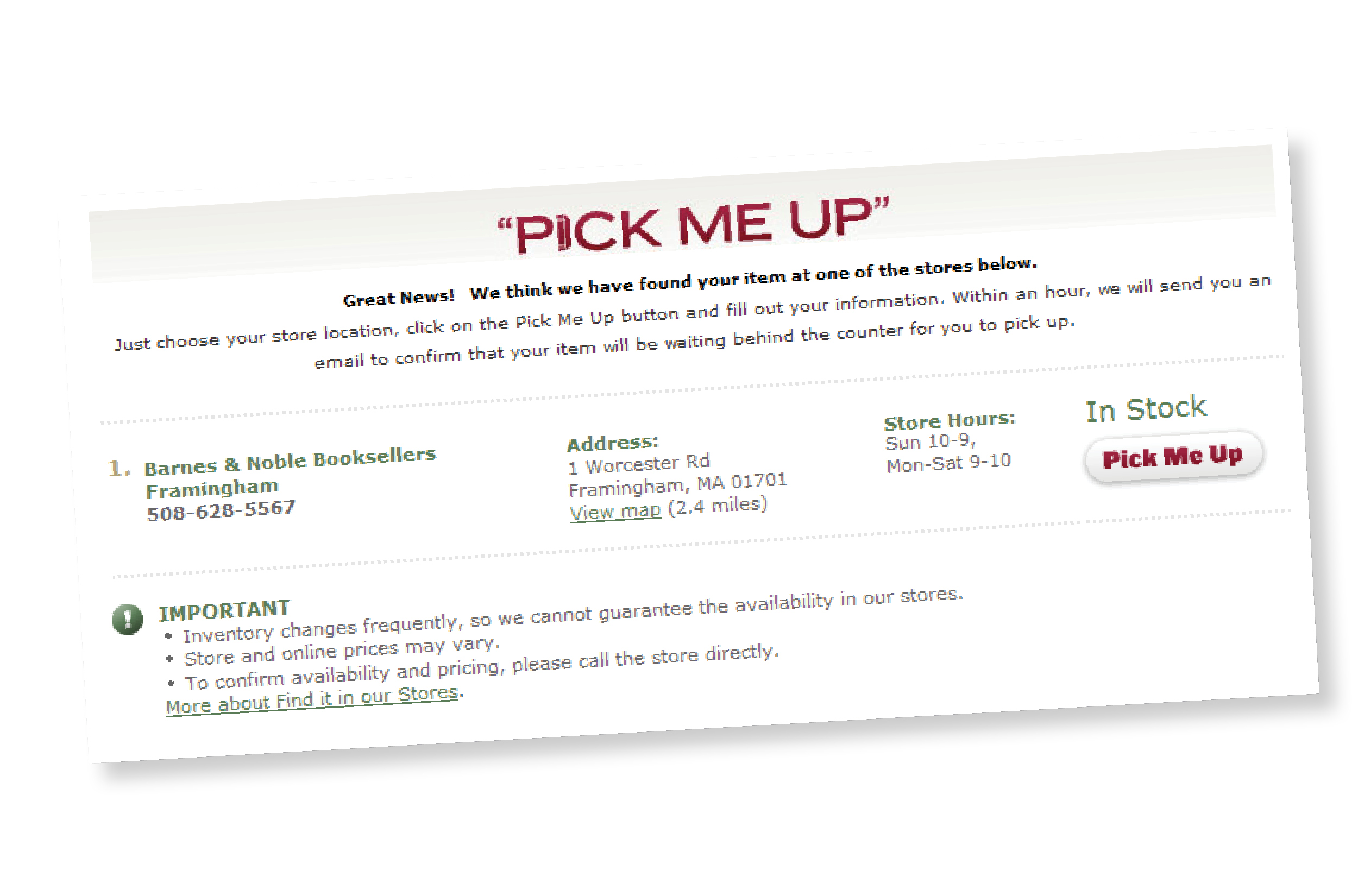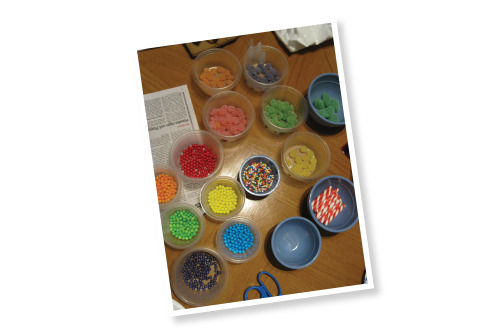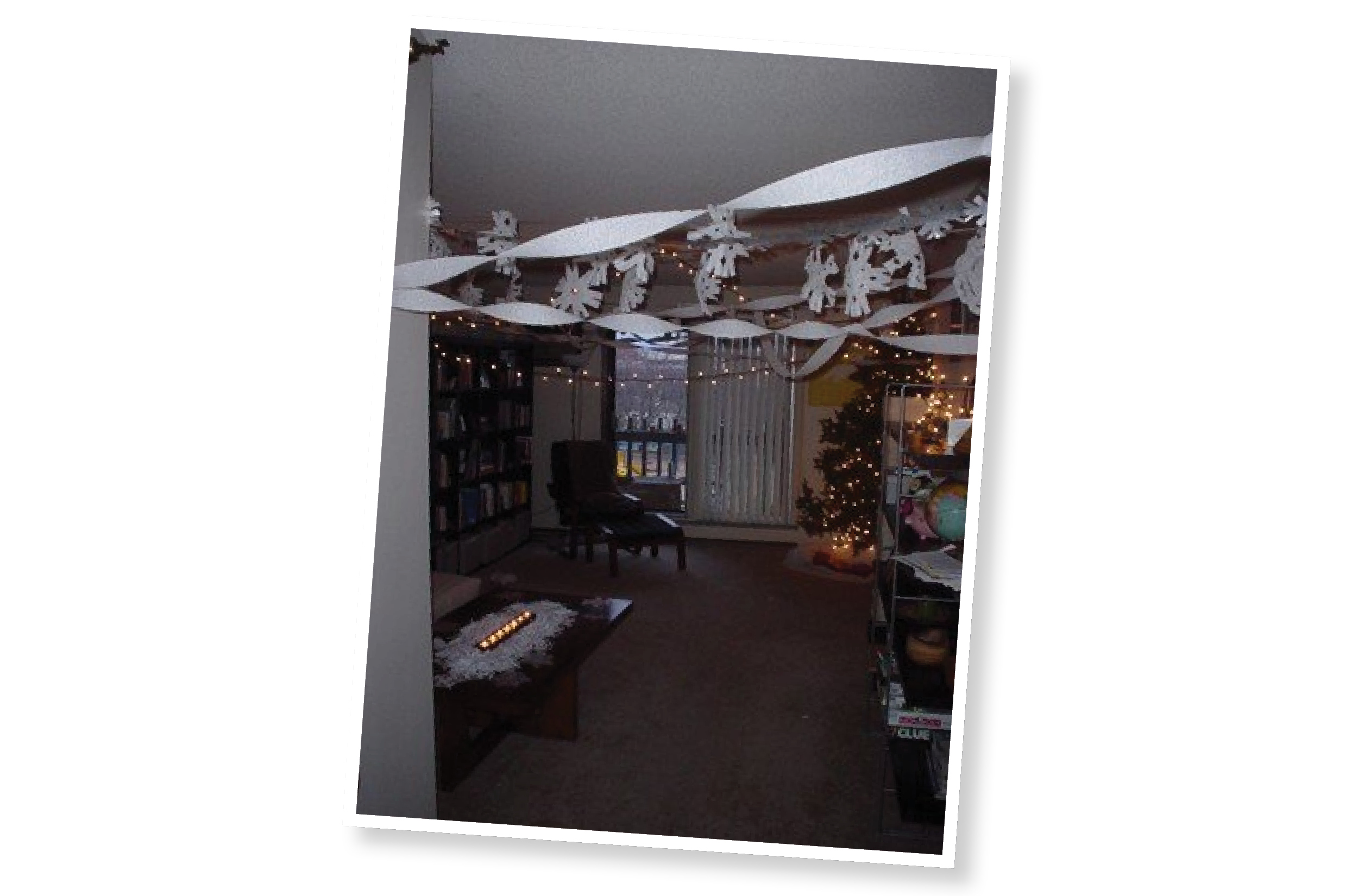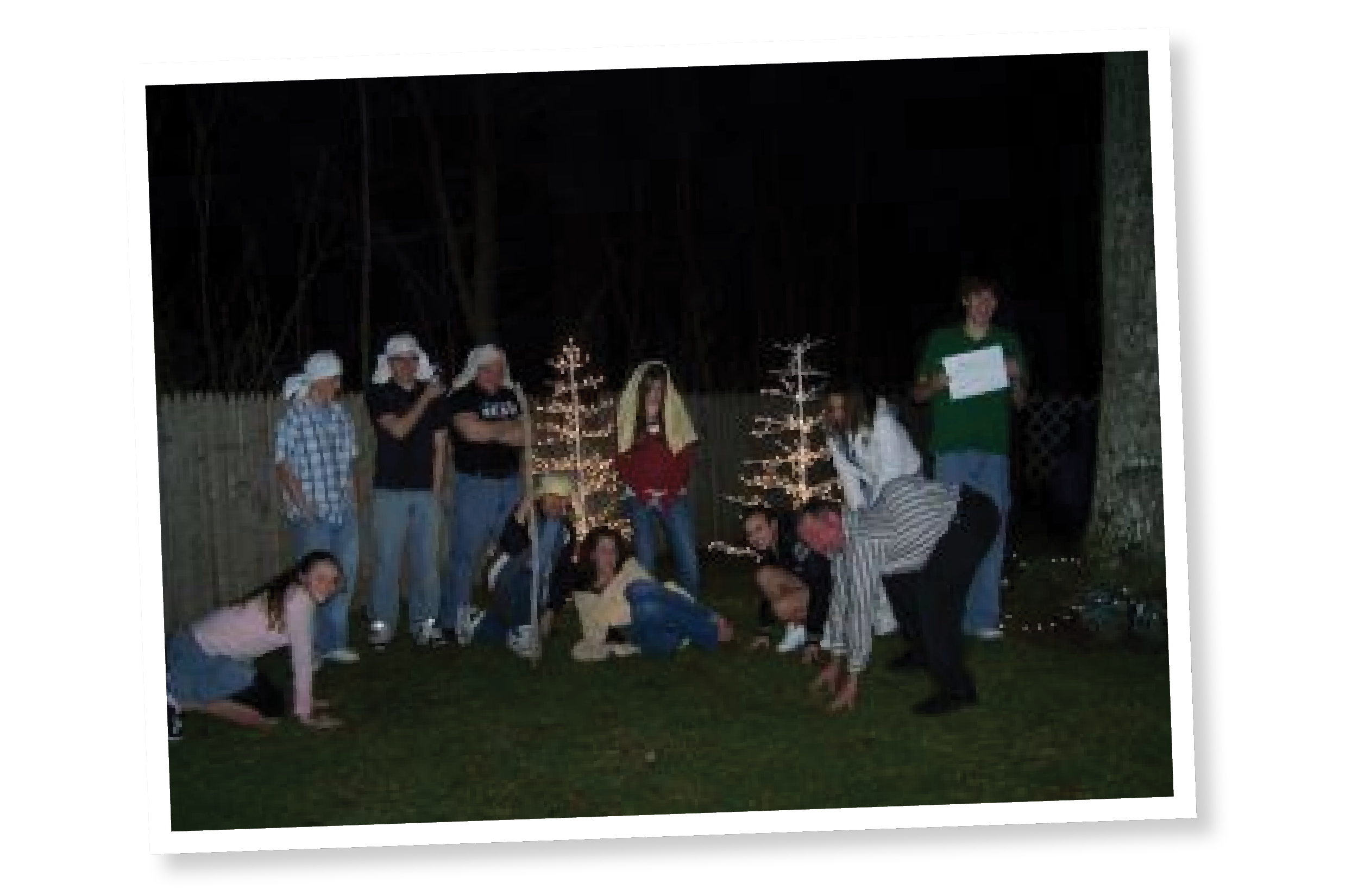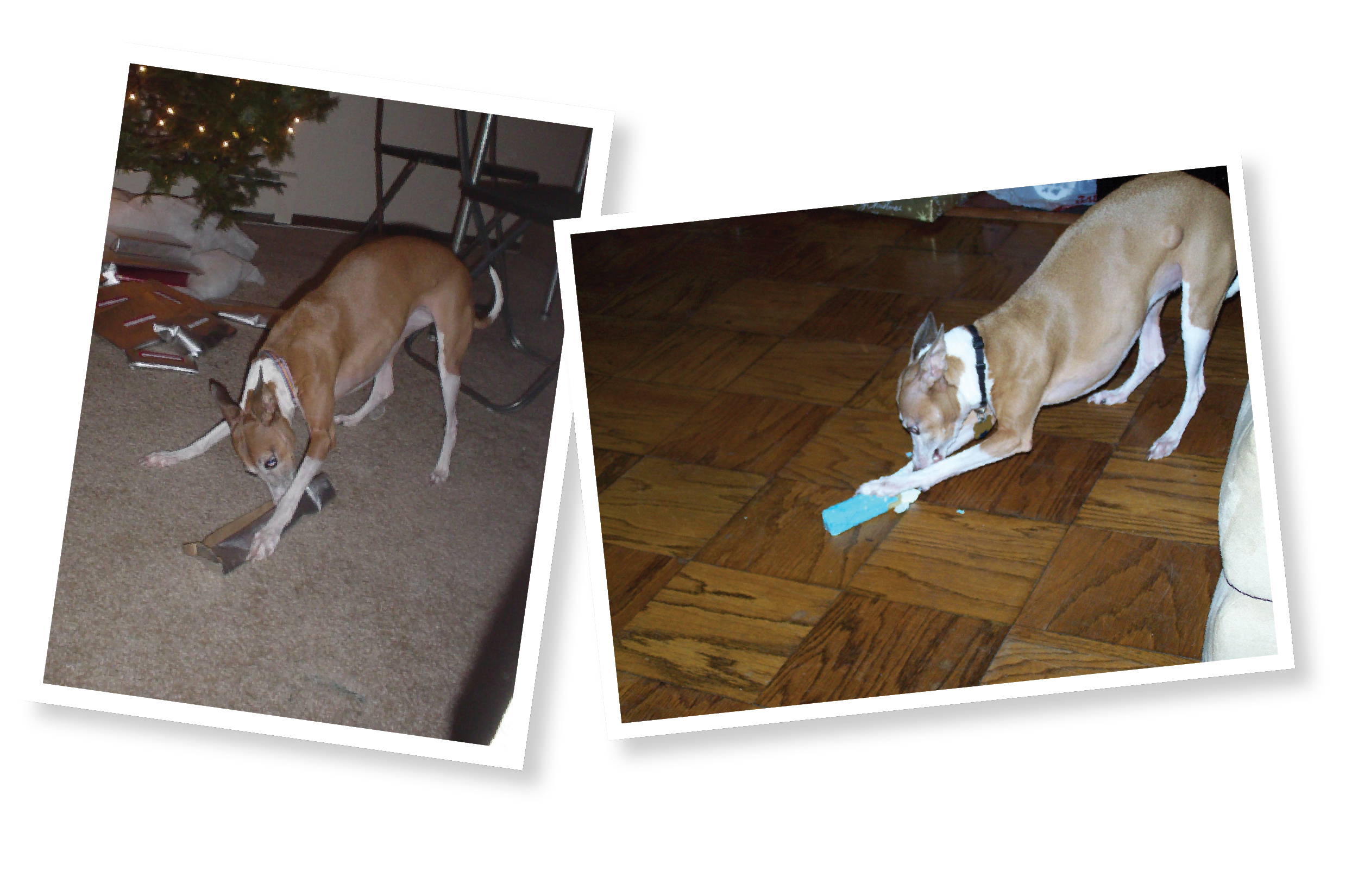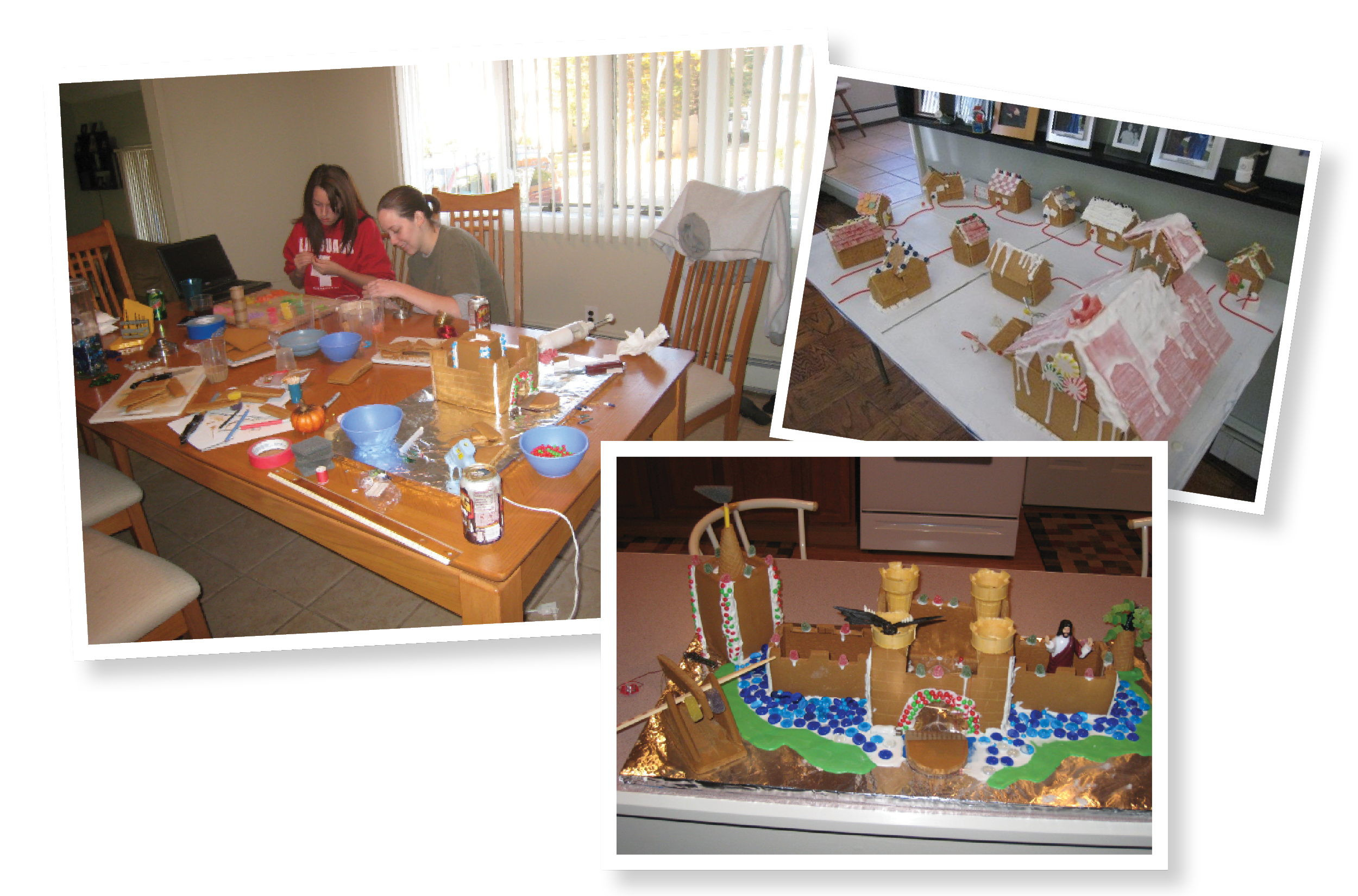The holidays are upon us, and we all know what that means: frantic hours at work to close out the year, and tons of holiday parties. This means that there is a big chance that someone else will be ordering or preparing at least part of the food you eat in the next three weeks. As a vegan who travels a lot for work I would love to give y’all some advice on how to feed a vegan.
First what is a vegan?
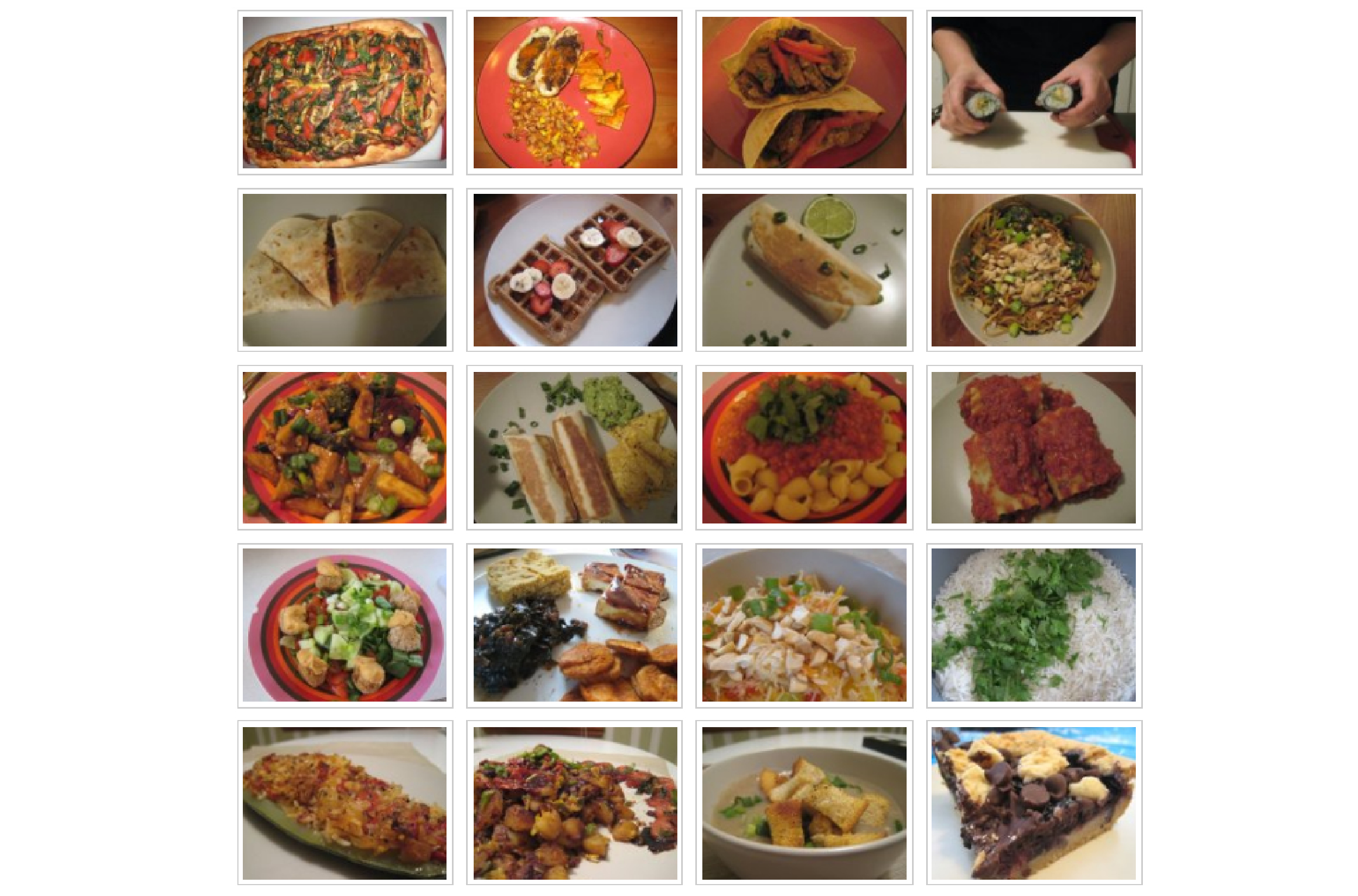
Vegetarian means that a person doesn’t eat meat, vegan means that they don’t eat any animal by-products (eggs, milk, cheese, etc.) There are weird hybrids of vegetarians who eat milk products and not eggs or eggs and not milk…but that is just confusing. So if you have a client, friend, or family member who is vegan or vegetarian, here are some tips for entertaining.
Find out how crazy they are
Veganisim is a spectrum and I fall on the half-assed end. I have met “real” hard-core vegans who will not wear leather, silk, or eat honey (because the bees are subjected to forceful burst of air during the harvesting process). Hardcore vegans are probably vegan because of animal rights. They are upset about the mistreatment of animals…and might get a little preachy. More power to them, they stick up for what they believe, but some of the hardest-core vegans kind of give veganism a bad name. It you are entertaining a hard-core vegan you might want to ask if they would be offended if you serve anyone else meat (a huge pain in the ass I know, but they will appreciate the gesture and probably say no.)
On the other end of the spectrum we have the half assed vegans- that’s me! So for me I am completely vegan (minus the leather and honey thing) at home where I have control over my environment, but when I travel I have found that it is just a little bit impractical for me. I find myself not getting enough protein when I can’t find tofu or copious amounts of beans. So I add eggs and cheese back into my diet. I don’t eat meat because I don’t like the taste, but I don’t eat dairy/eggs for health reasons. So having this flexibility works well for me.
In the middle of the spectrum you have vegans like Allison, kind of a hard core/half assed combo. For Allison being vegan is about food allergies not about animal rights at all. So while she doesn’t really care how her food got to her, she just can’t eat the eggs and milk. This forces her to be hard-core about what she eats, but not preachy.
Find out how they feel about substitutions
If your vegan is not eating meat for political/emotional reasons, they may still like the taste of meat and be psyched about meat alternatives like boca crumbles, tempeh, or tofurkey to name a few.
If your vegan is not eating meat for taste reasons these substitutions are kind of a no-go because the sort of taste like bad alternatives to the real thing.
React accordingly
If your vegan is smart they are probably prepared. I honestly never leave home without a case of luna bars, this way I know I can get through pretty much any situation. However, going the extra mile to offer your vegan more than a dry salad or plain pasta will always be super appreciated.
But what do vegans eat? The best way to find out is to ask. If you have a client or co-worker with any kind of dietary restrictions they probably already know the restaurants that are most accommodating.
For the most part the menu you see for a restaurant or catering company isn’t real. I have worked with a lot of different places and have found that if you pick something from the menu that is close to being vegan or vegetarian they are usually more than happy to make minor adjustments for you.
Some examples:
- Pizza with out cheese (it is a lot better than it sounds)
- Pasta dishes with lots of veggies that usually have a piece of chicken or fish on top with out the fish or chicken
- Most sandwiches or wraps can be easily tweaked
- Almost anything Indian can be made vegan- you just need to watch out for ghee which is clarified butter.
- Also vegans are completely used to forming lots of side dishes into a meal
If you plan on taking a client out to dinner it doesn’t hurt to ask if there are any vegan options, or if the chef would be willing to prepare a vegan plate. I do this a lot at nicer restaurants and chef surprise has ranged from the best meals of my life to a pile of mush steamed veggies…either way the restaurant gave it a shot.
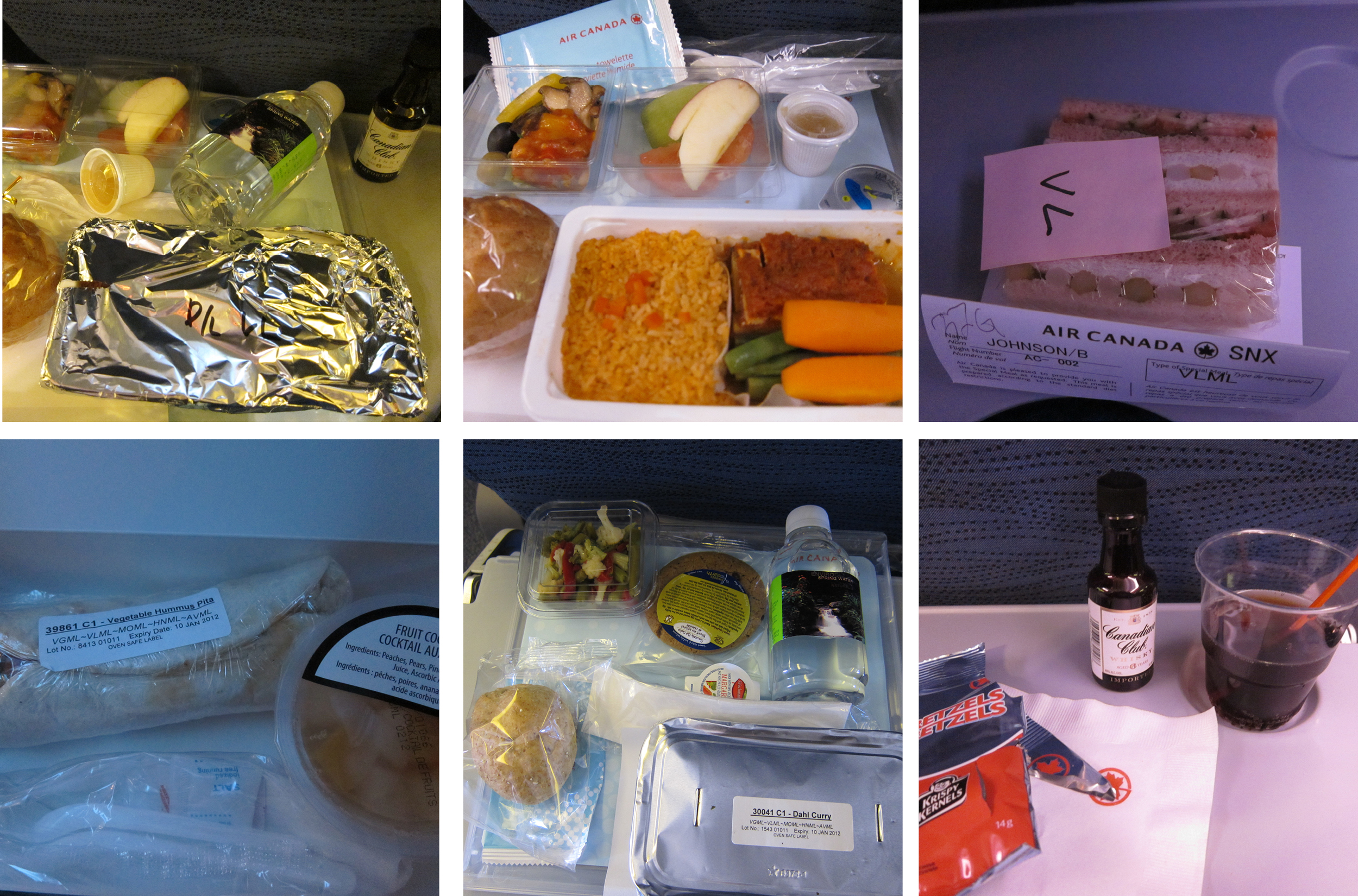
Also if you are ever booking international travel for a client, be sure to ask if they need vegan or vegetarian meals…not that vegan airline food is anything to write home about, it’s the thought that counts.
Dibs!
I have found a big shift towards healthier eating with clients, friends, and family, so while it is awesome that your whole crew wants to eat veggies and can be super frustrating if you only order one special vegan thing and someone else takes it. I have had cases where we marked people’s names on their dish, or hidden special order food from the rest of the group. Most of the time I will just ask that all of the veggies get prepared without butter or cream and order enough for everyone. For the most part veganism is one of the most restricted diets. Aside from gluten, peanut, and similar food specific allergies, if you are offering one vegan option it can probably satisfy anyone who is avoiding meat or milk for religious reasons.
Hopefully this is a quick start guide for dealing with the pickier eaters in your life, and helps make the holiday season a little saner for everyone involved.
Have you ever had a food ordering debacle? How did you deal with it? Any tips or tricks for keeping clients well fed and happy?
Day Twelve
Day Twelve
Day Twelve: How to feed a Vegan
The holidays are upon us, and we all know what that means: frantic hours at work to close out the year, and tons of holiday parties. This means that there is a big chance that someone else will be ordering or preparing at least part of the food you eat in the next three weeks. As a vegan who travels a lot for work I would love to give y’all some advice on how to feed a vegan.
First what is a vegan?
Vegetarian means that a person doesn’t eat meat, vegan means that they don’t eat any animal by-products (eggs, milk, cheese, etc.) There are weird hybrids of vegetarians who eat milk products and not eggs or eggs and not milk…but that is just confusing. So if you have a client, friend, or family member who is vegan or vegetarian, here are some tips for entertaining.
Find out how crazy they are
Veganisim is a spectrum and I fall on the half-assed end. I have met “real” hard-core vegans who will not wear leather, silk, or eat honey (because the bees are subjected to forceful burst of air during the harvesting process). Hardcore vegans are probably vegan because of animal rights. They are upset about the mistreatment of animals…and might get a little preachy. More power to them, they stick up for what they believe, but some of the hardest-core vegans kind of give veganism a bad name. It you are entertaining a hard-core vegan you might want to ask if they would be offended if you serve anyone else meat (a huge pain in the ass I know, but they will appreciate the gesture and probably say no.)
On the other end of the spectrum we have the half assed vegans- that’s me! So for me I am completely vegan (minus the leather and honey thing) at home where I have control over my environment, but when I travel I have found that it is just a little bit impractical for me. I find myself not getting enough protein when I can’t find tofu or copious amounts of beans. So I add eggs and cheese back into my diet. I don’t eat meat because I don’t like the taste, but I don’t eat dairy/eggs for health reasons. So having this flexibility works well for me.
In the middle of the spectrum you have vegans like Allison, kind of a hard core/half assed combo. For Allison being vegan is about food allergies not about animal rights at all. So while she doesn’t really care how her food got to her, she just can’t eat the eggs and milk. This forces her to be hard-core about what she eats, but not preachy.
Find out how they feel about substitutions
If your vegan is not eating meat for political/emotional reasons, they may still like the taste of meat and be psyched about meat alternatives like boca crumbles, tempeh, or tofurkey to name a few.
If your vegan is not eating meat for taste reasons these substitutions are kind of a no-go because the sort of taste like bad alternatives to the real thing.
React accordingly
If your vegan is smart they are probably prepared. I honestly never leave home without a case of luna bars, this way I know I can get through pretty much any situation. However, going the extra mile to offer your vegan more than a dry salad or plain pasta will always be super appreciated.
But what do vegans eat? The best way to find out is to ask. If you have a client or co-worker with any kind of dietary restrictions they probably already know the restaurants that are most accommodating.
For the most part the menu you see for a restaurant or catering company isn’t real. I have worked with a lot of different places and have found that if you pick something from the menu that is close to being vegan or vegetarian they are usually more than happy to make minor adjustments for you.
Some examples:
· Pizza with out cheese (it is a lot better than it sounds)
· Pasta dishes with lots of veggies that usually have a piece of chicken or fish on top with out the fish or chicken
· Most sandwiches or wraps can be easily tweaked
· Almost anything Indian can be made vegan- you just need to watch out for ghee which is clarified butter.
· Also vegans are completely used to forming lots of side dishes into a meal
If you plan on taking a client out to dinner it doesn’t hurt to ask if there are any vegan options, or if the chef would be willing to prepare a vegan plate. I do this a lot at nicer restaurants and chef surprise has ranged from the best meals of my life to a pile of mush steamed veggies…either way the restaurant gave it a shot.
Also if you are ever booking international travel for a client, be sure to ask if they need vegan or vegetarian meals…not that vegan airline food is anything to write home about, it’s the thought that counts.
Dibs!
I have found a big shift towards healthier eating with clients, friends, and family, so while it is awesome that your whole crew wants to eat veggies and can be super frustrating if you only order one special vegan thing and someone else takes it. I have had cases where we marked people’s names on their dish, or hidden special order food from the rest of the group. Most of the time I will just ask that all of the veggies get prepared without butter or cream and order enough for everyone. For the most part veganism is one of the most restricted diets. Aside from gluten, peanut, and similar food specific allergies, if you are offering one vegan option it can probably satisfy anyone who is avoiding meat or milk for religious reasons.
Hopefully this is a quick start guide for dealing with the pickier eaters in your life, and helps make the holiday season a little saner for everyone involved.
Have you ever had a food ordering debacle? How did you deal with it? Any tips or tricks for keeping clients well fed and happy?
 Beth Werner |
Beth Werner |  Saturday, December 3, 2011 at 9:19PM
Saturday, December 3, 2011 at 9:19PM 